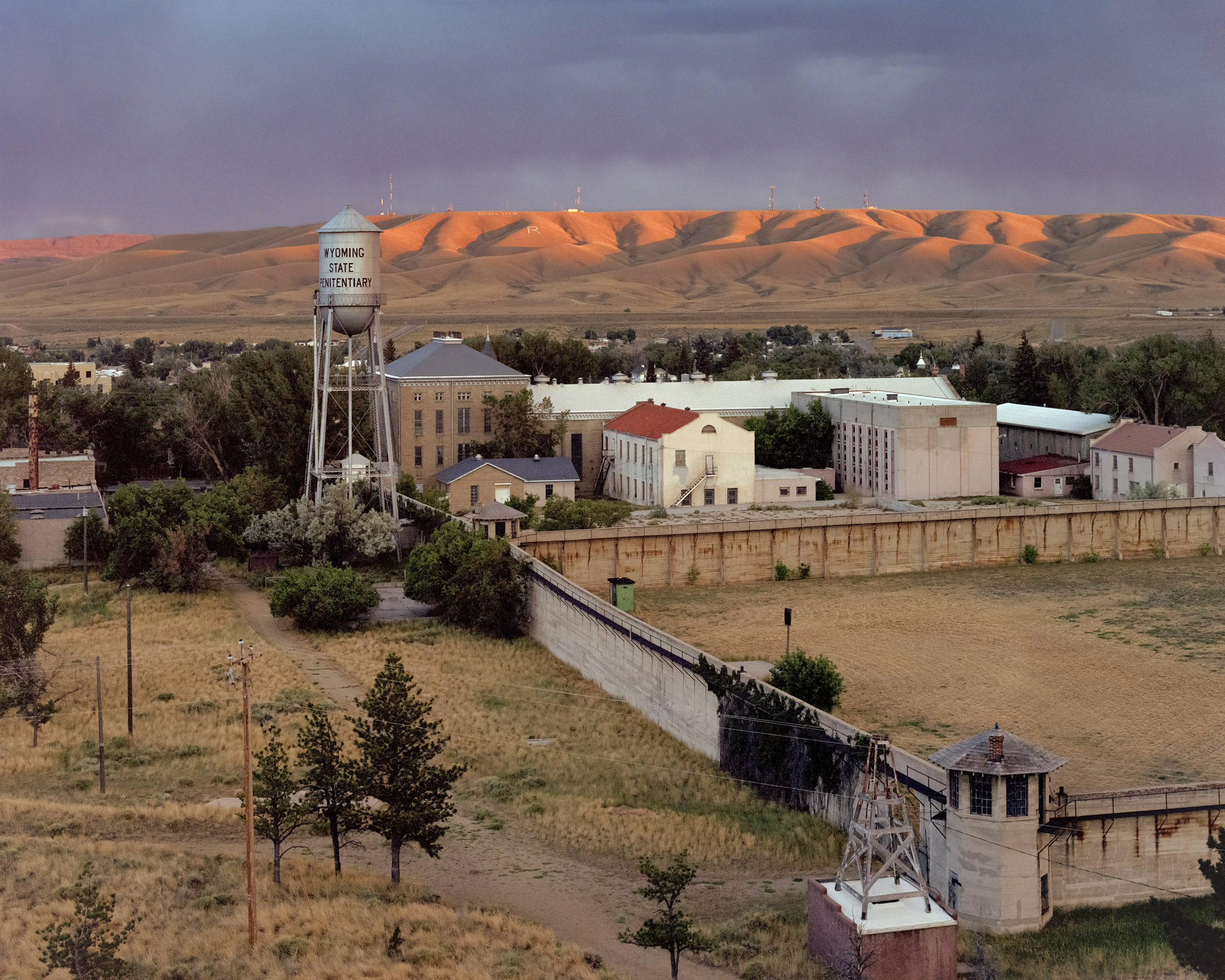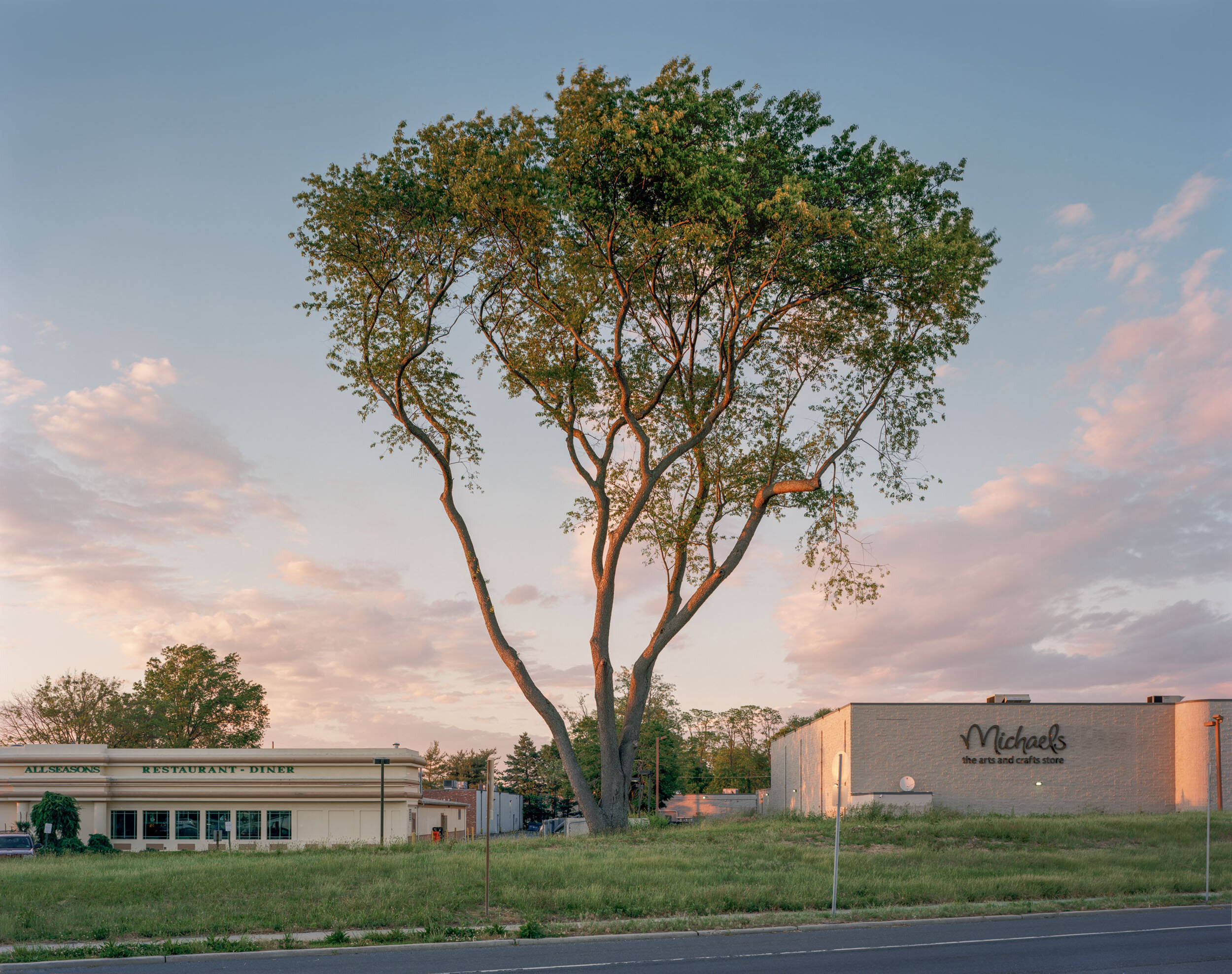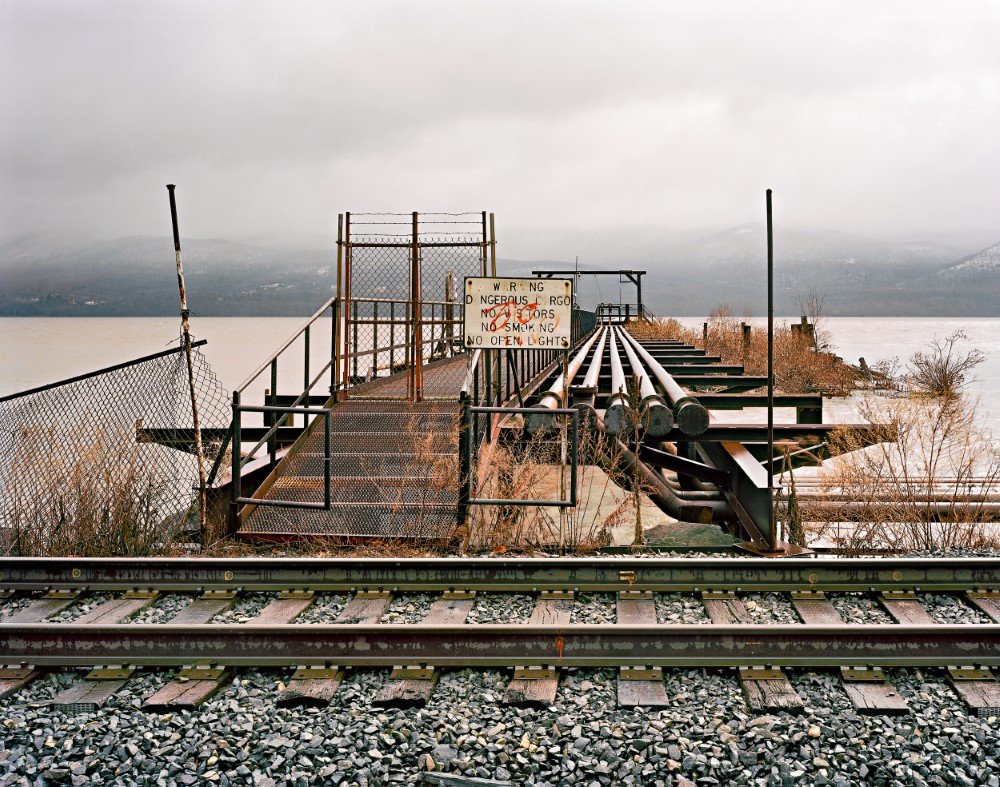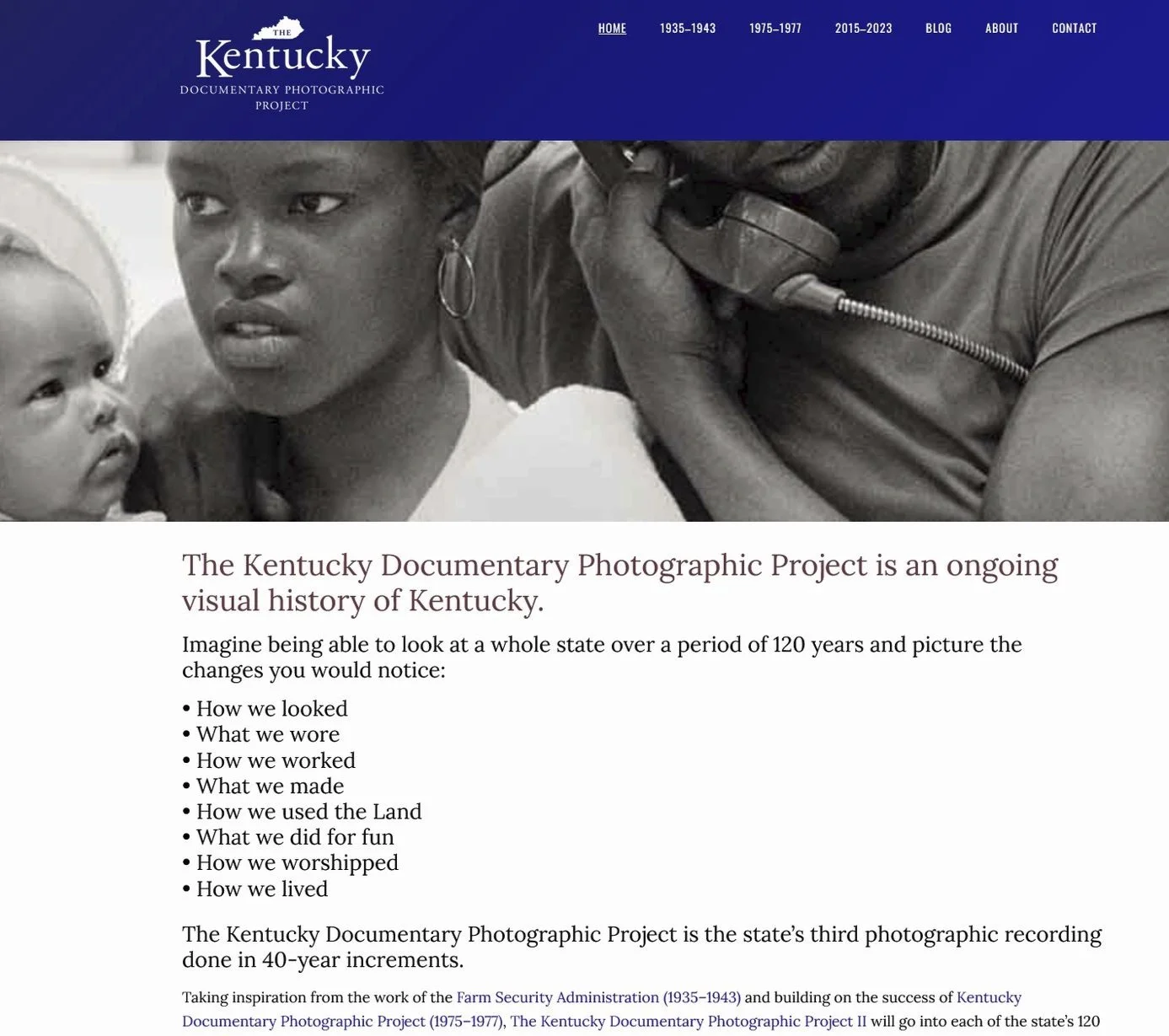National Character
Photographing the United States of America is to unfurl a tapestry of exceptionalism -- not the “City upon the Hill” exceptionalism, but a genuine, vestigial kind. As highways began replacing railroad lines in the 1950s, a restructuring of physical and social space began. Suburbs rose and many cities declined. What persists is an illustrative tracery of people and places, rich in their ability to find meaning in transformation. Tracing railroad tracks for a concomitant project, Railroad Landscapes, has led me to many of the pictures composing National Character. From urban to rural, I have traveled extensively throughout the United States in search of images which describe the country’s collective history and shared values.
[close]
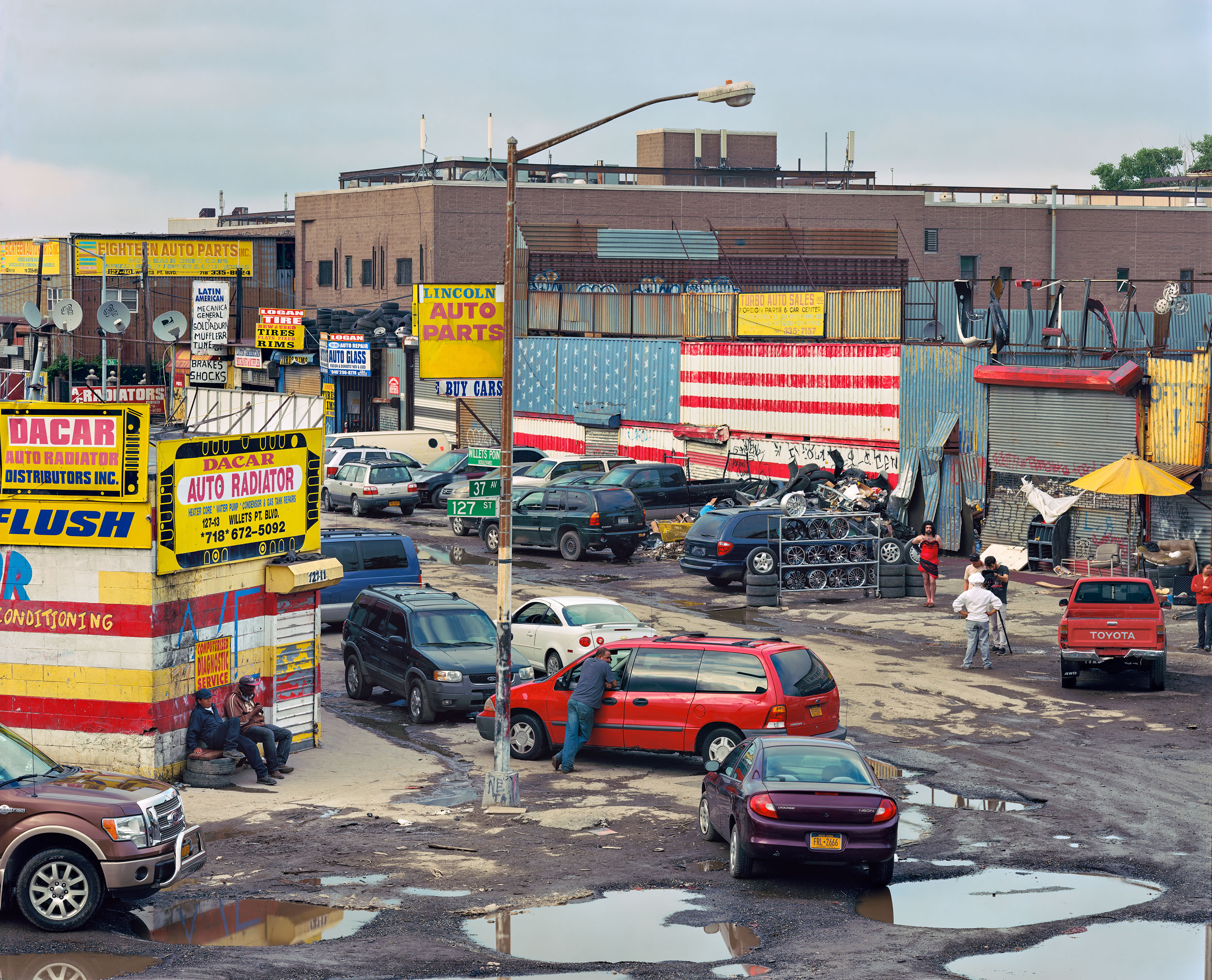




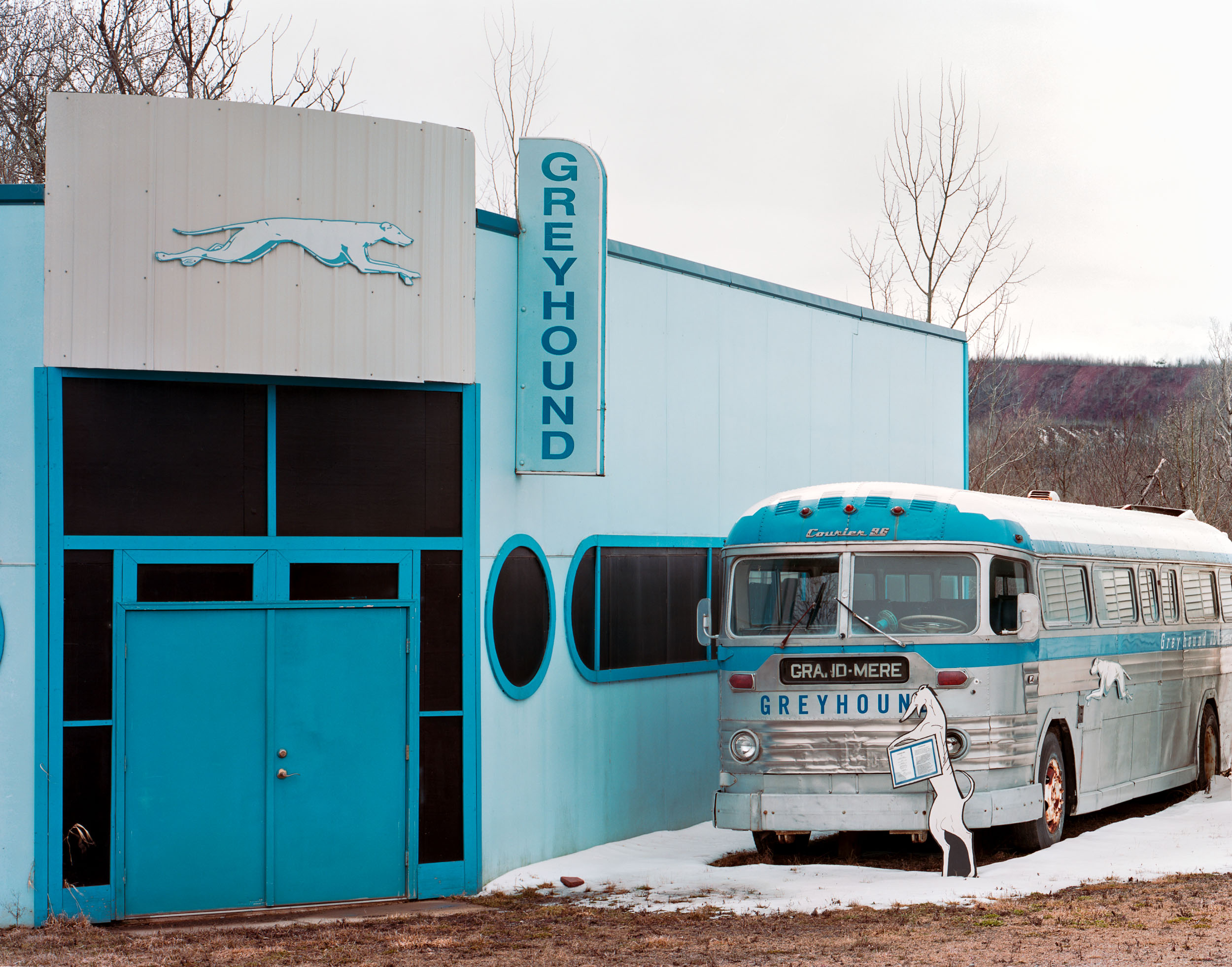

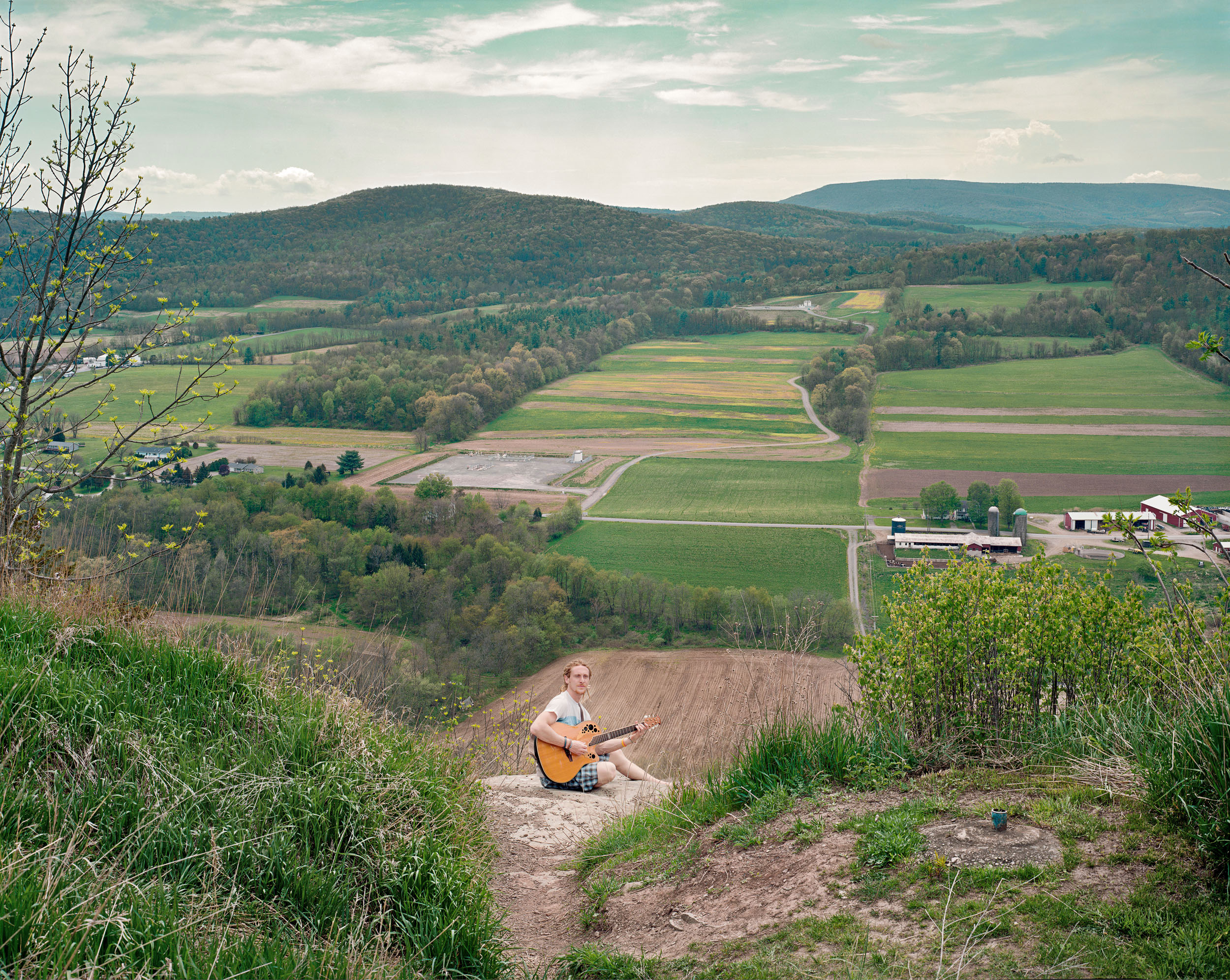
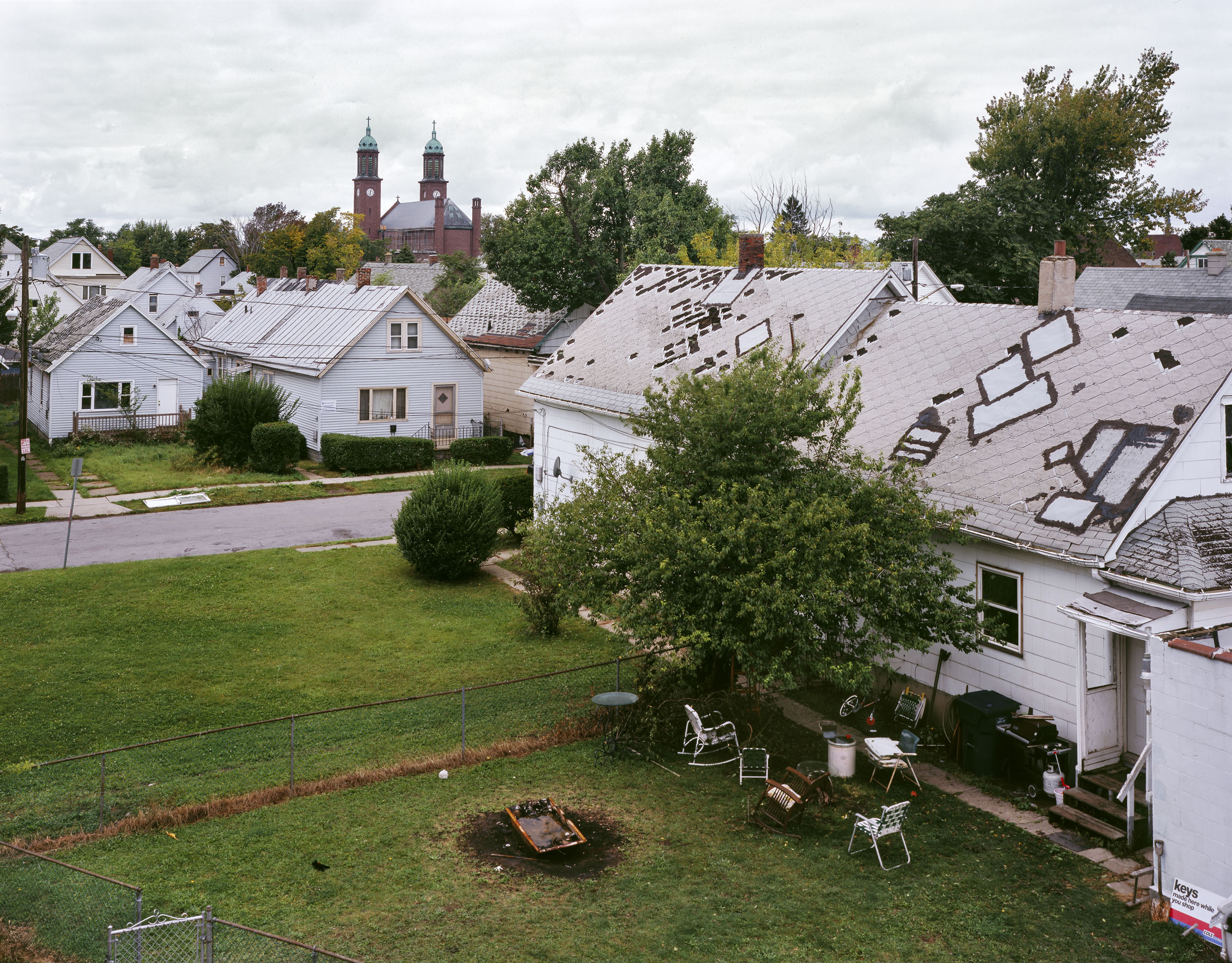
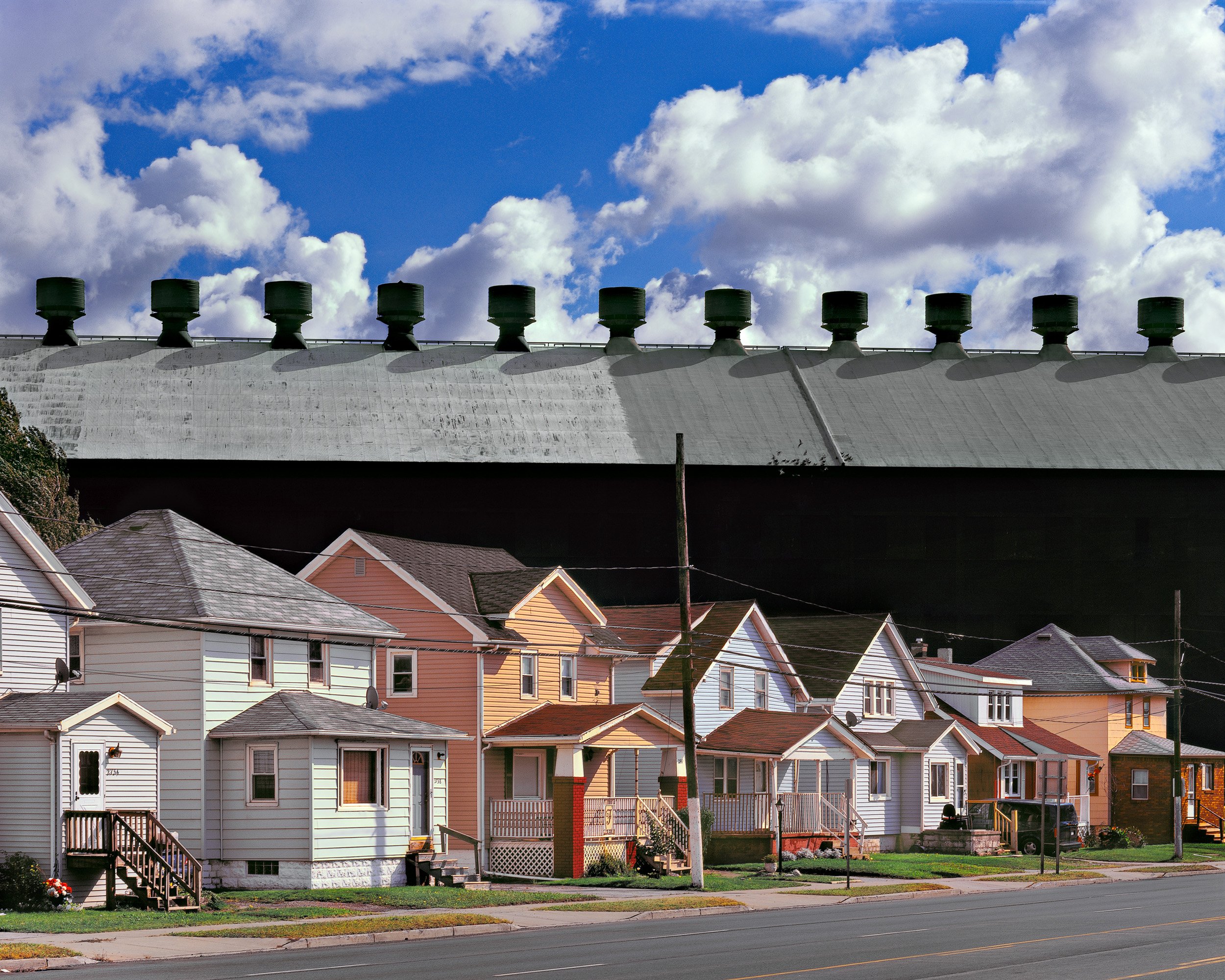
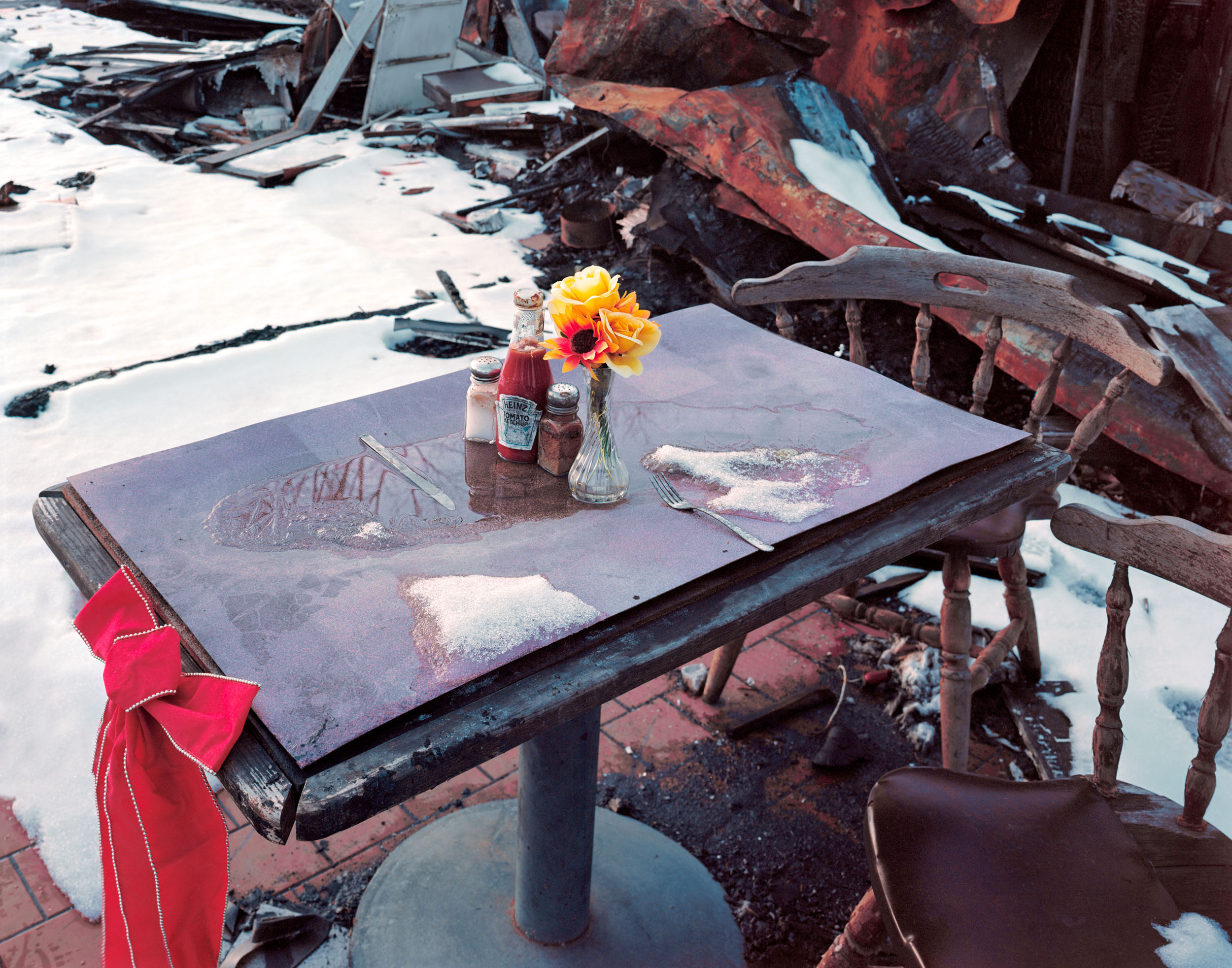
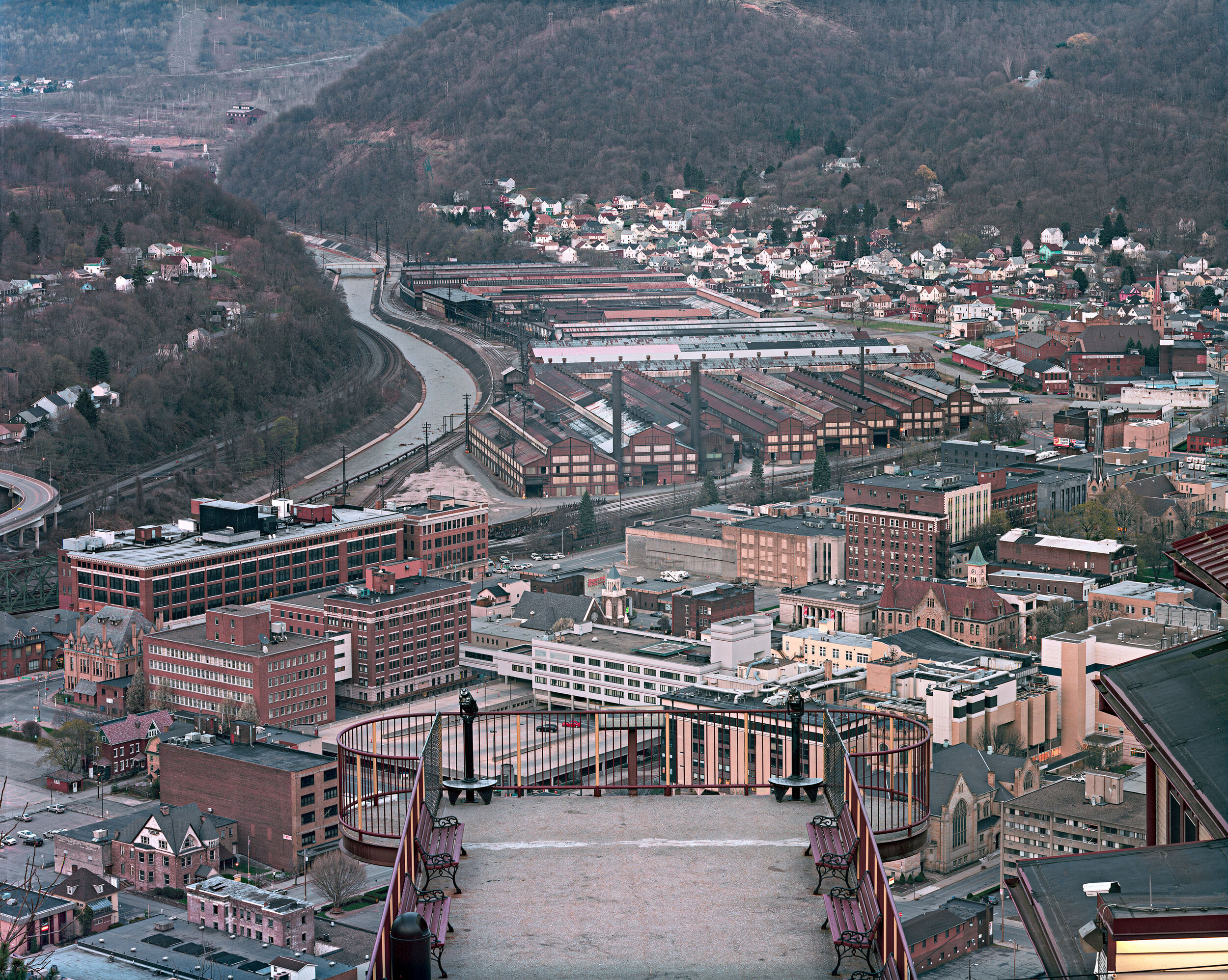
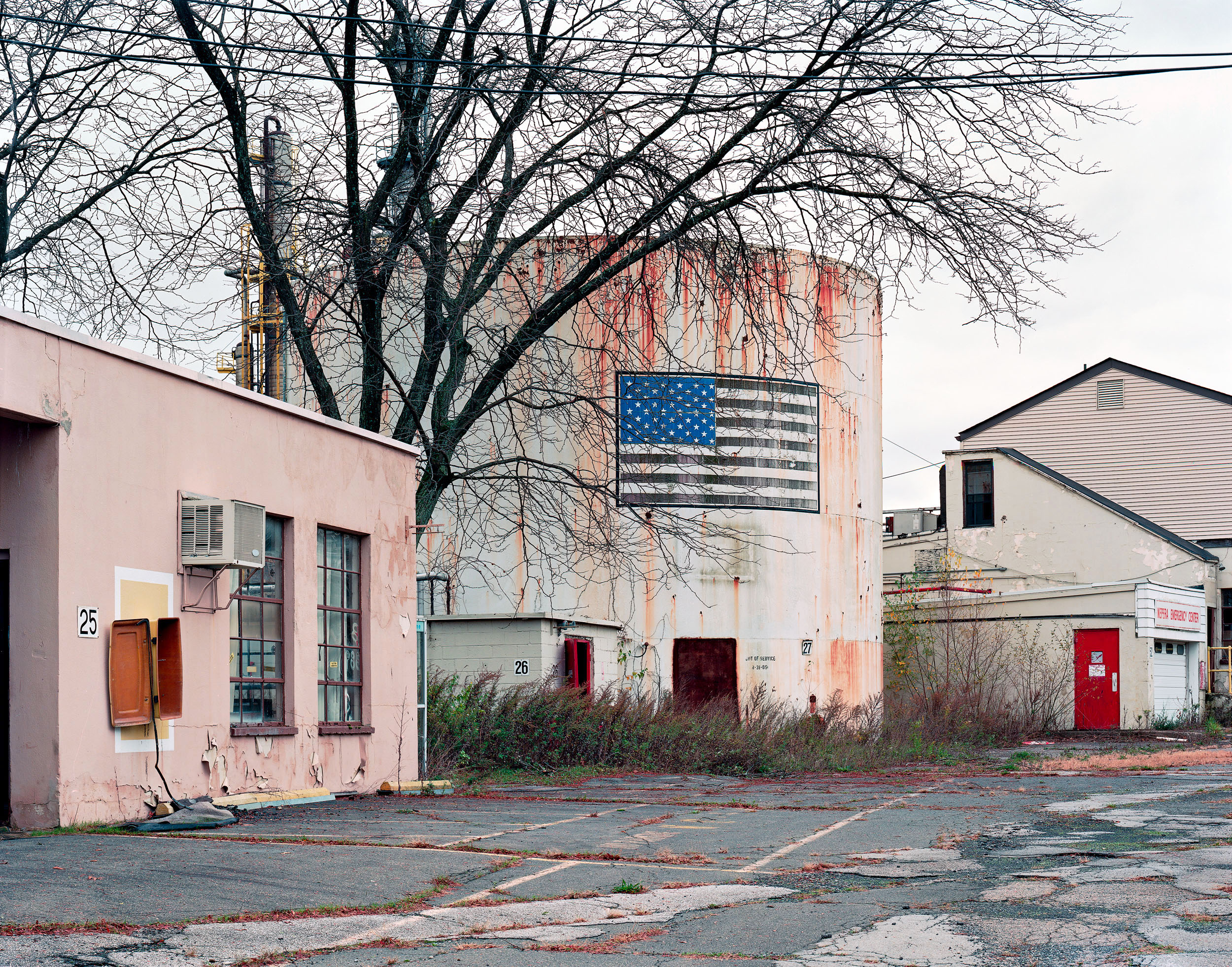

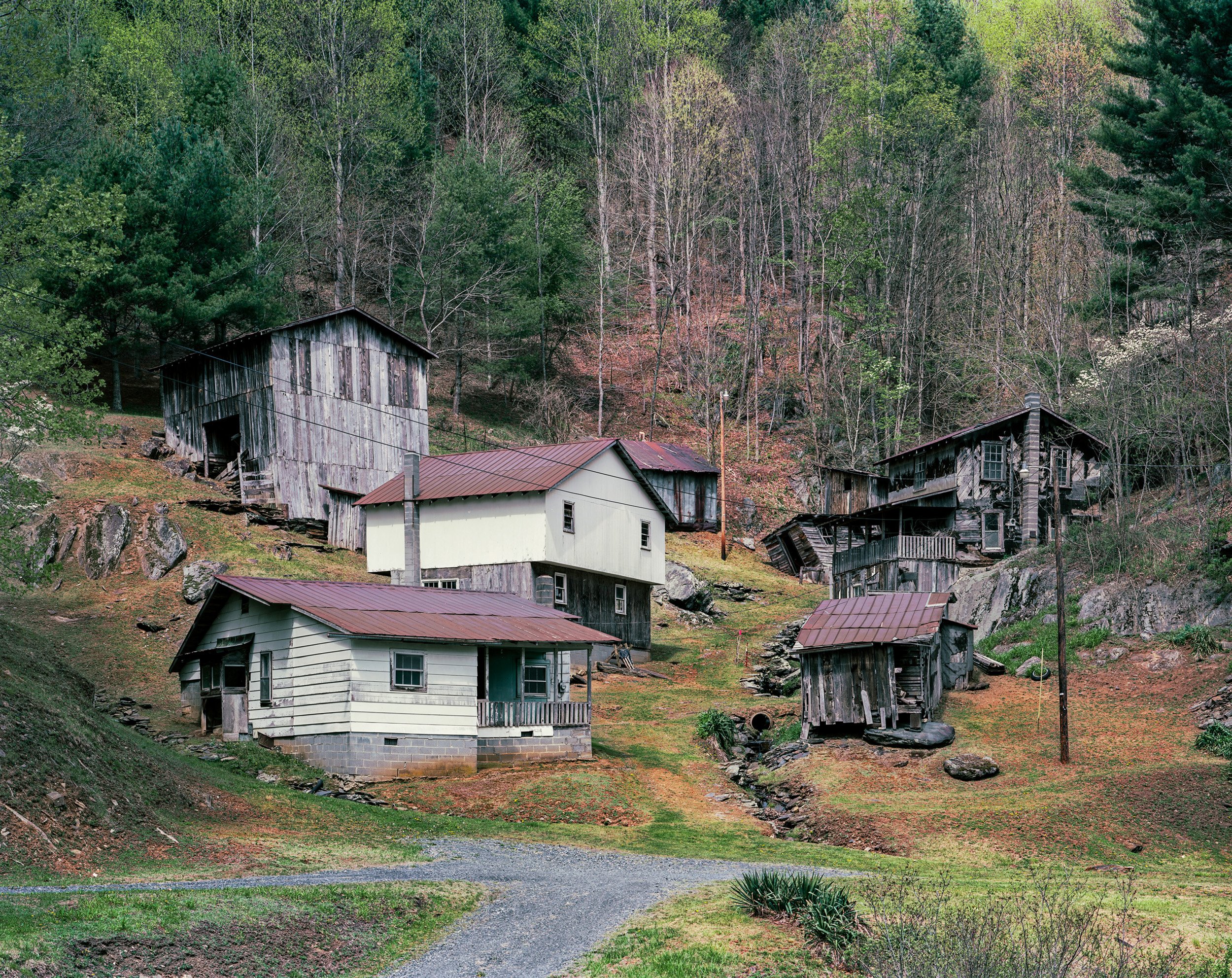
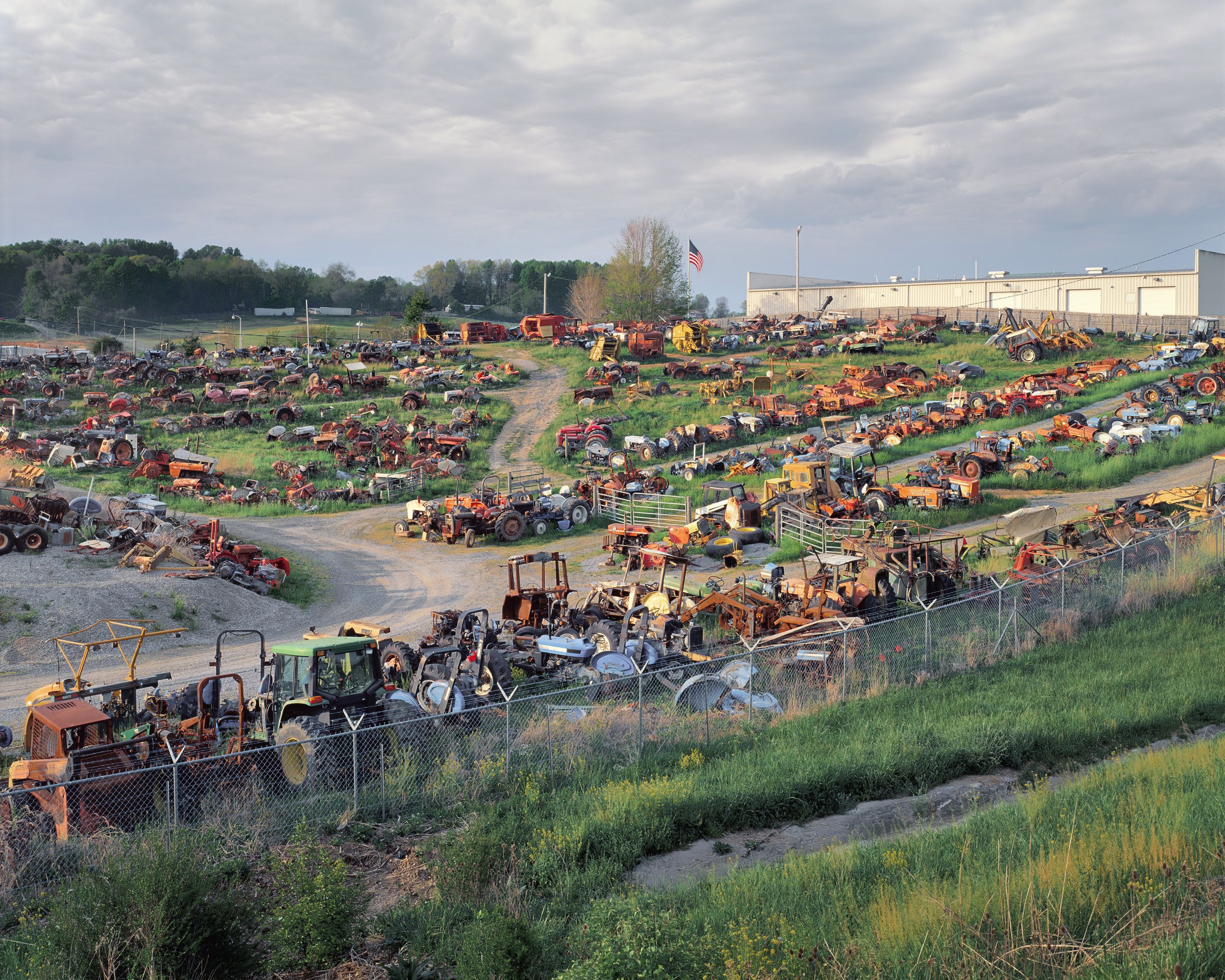
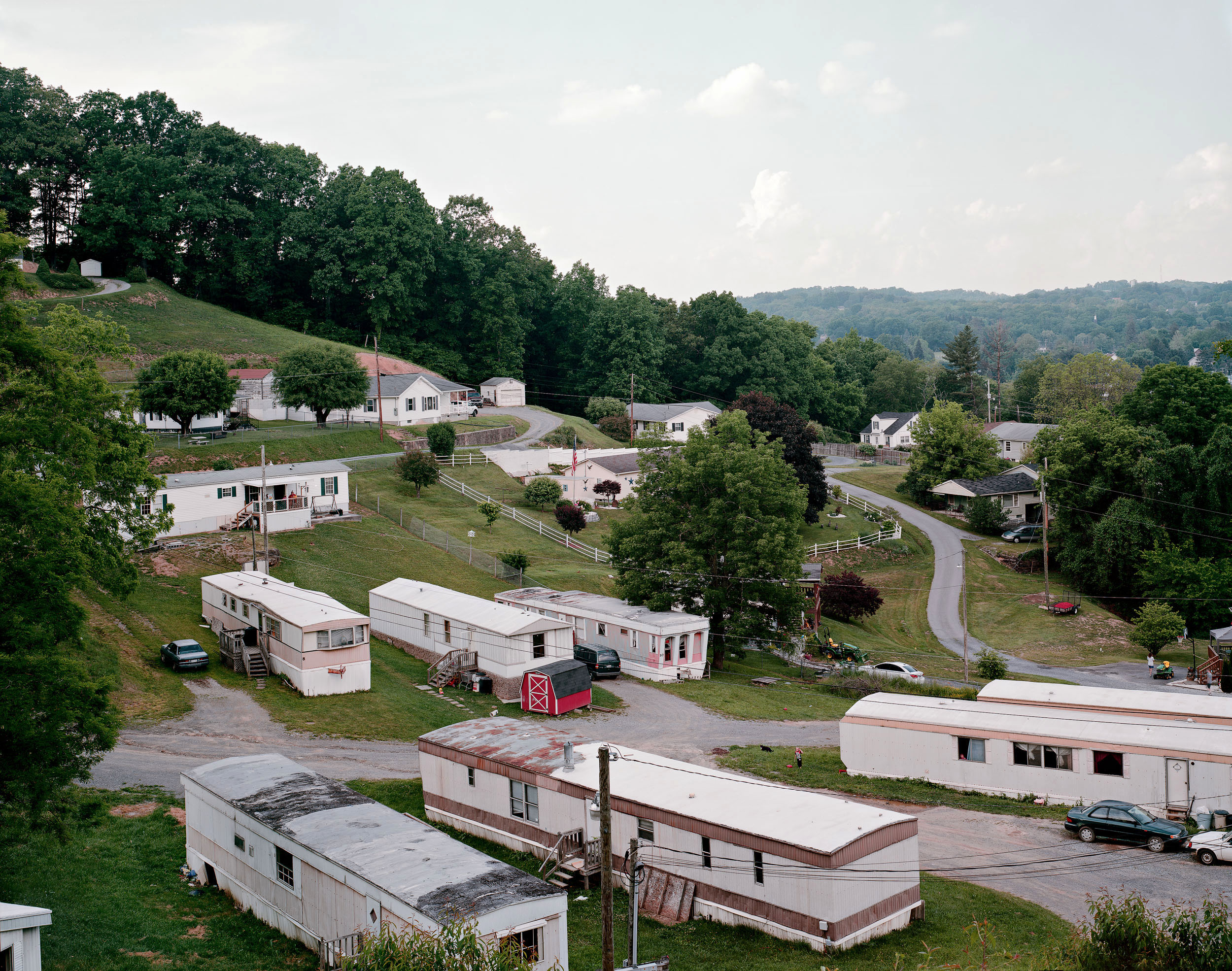
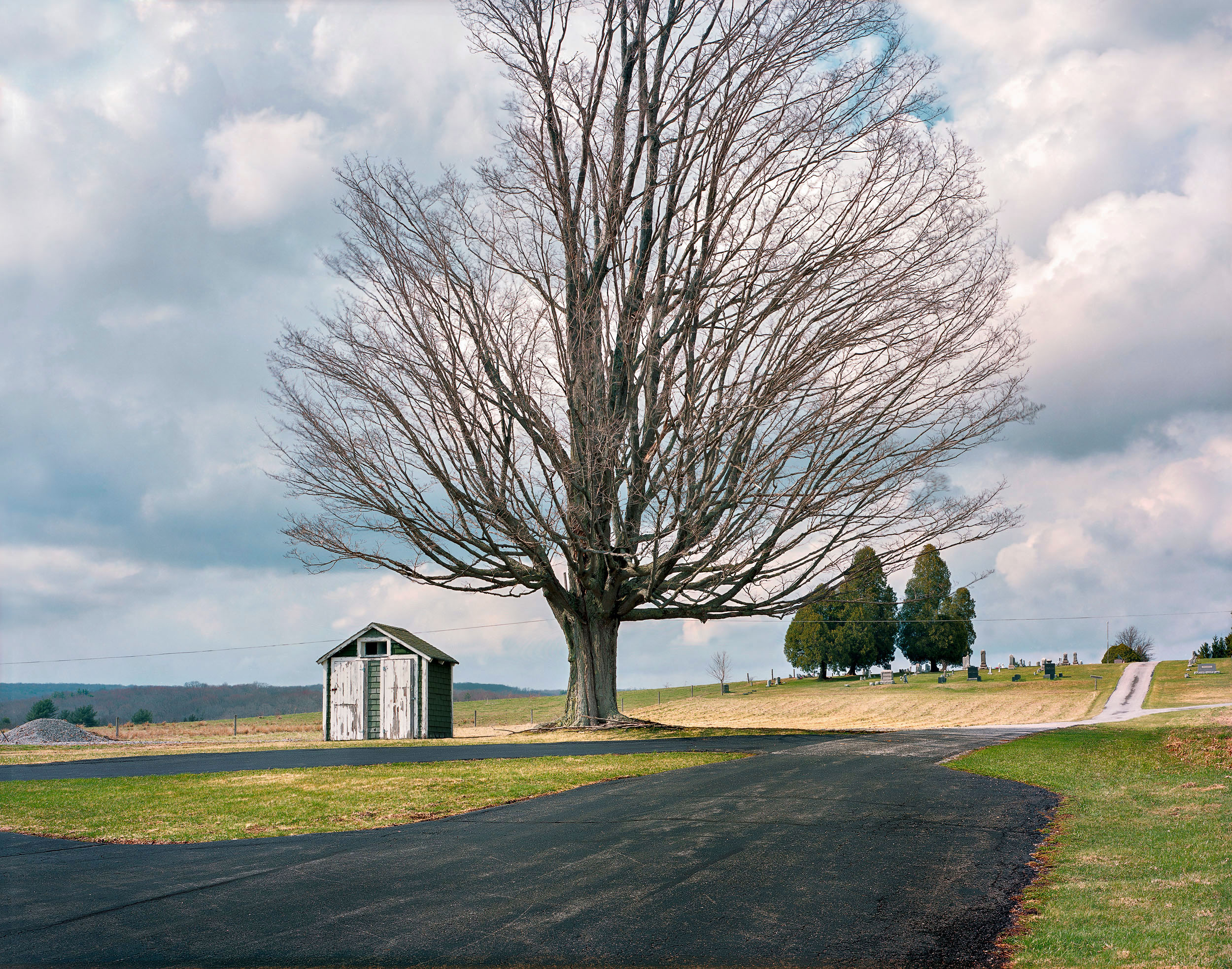
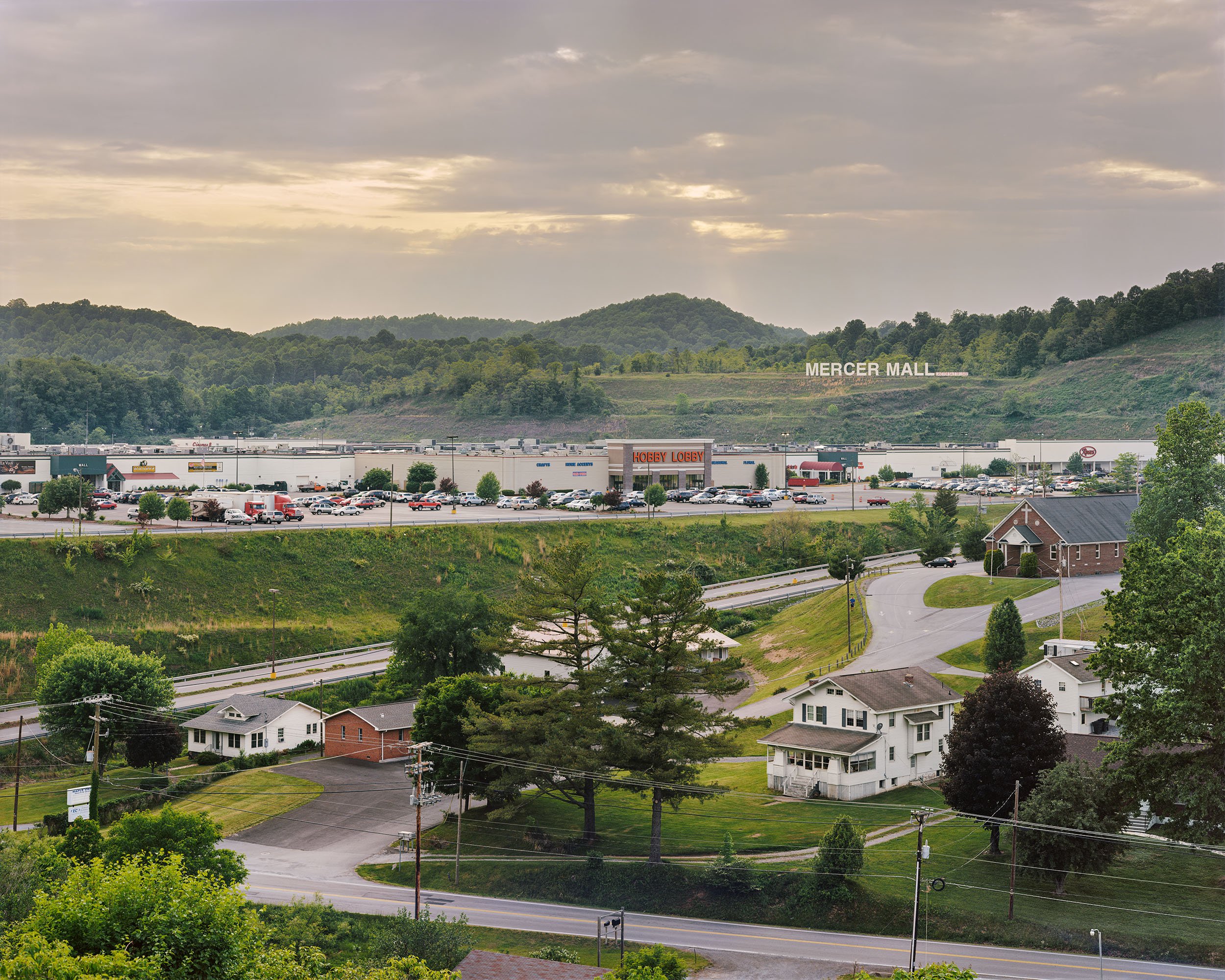
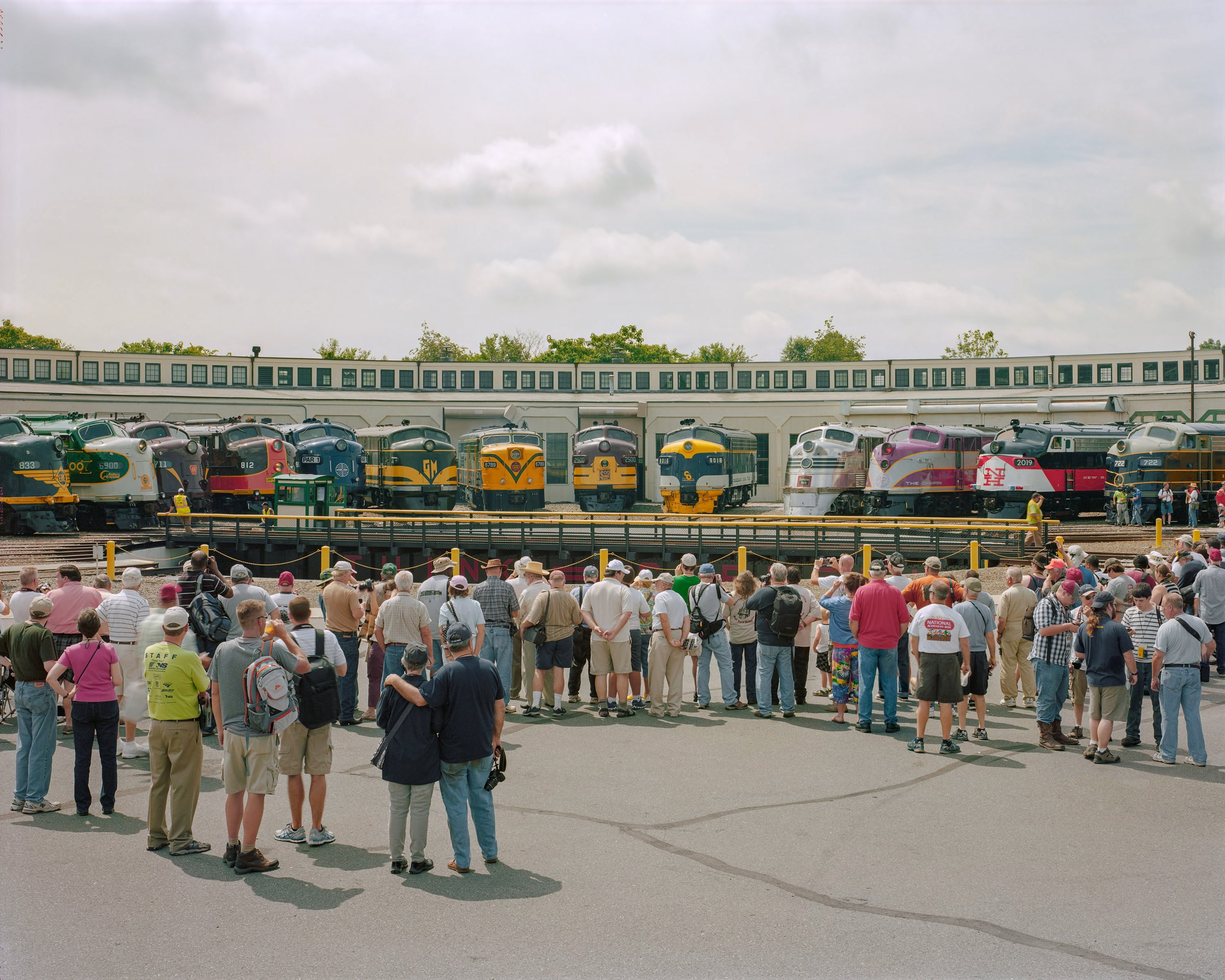
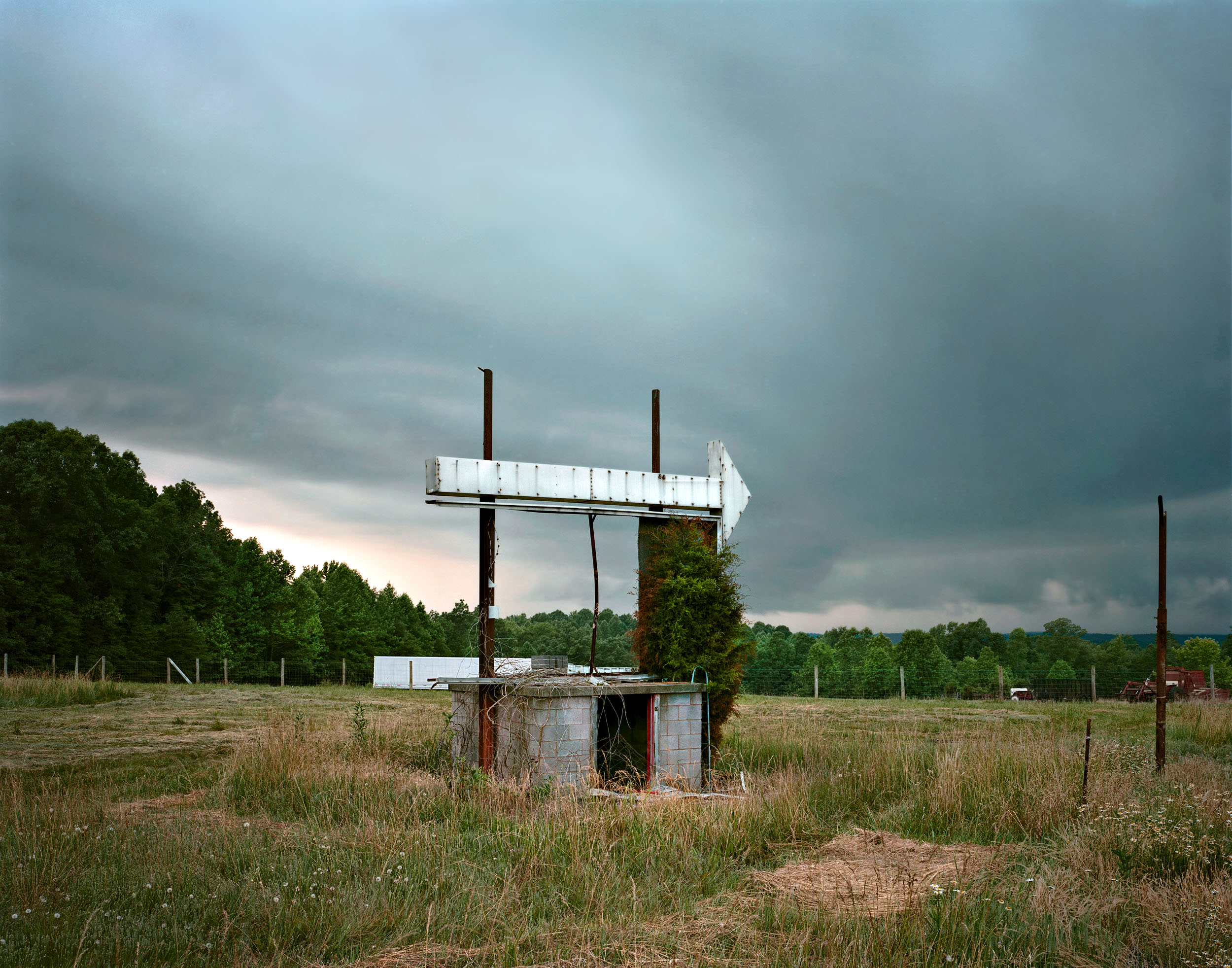
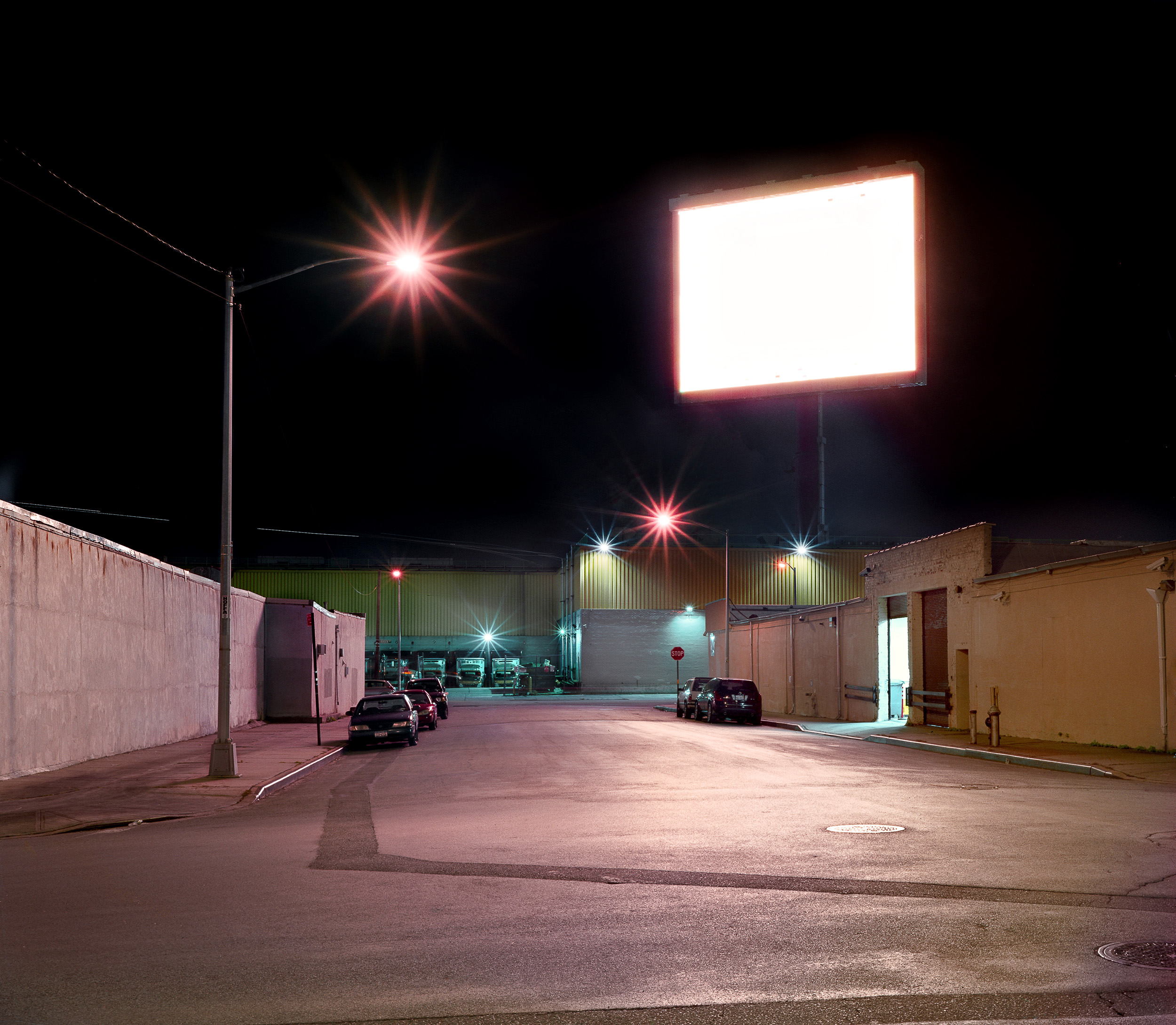
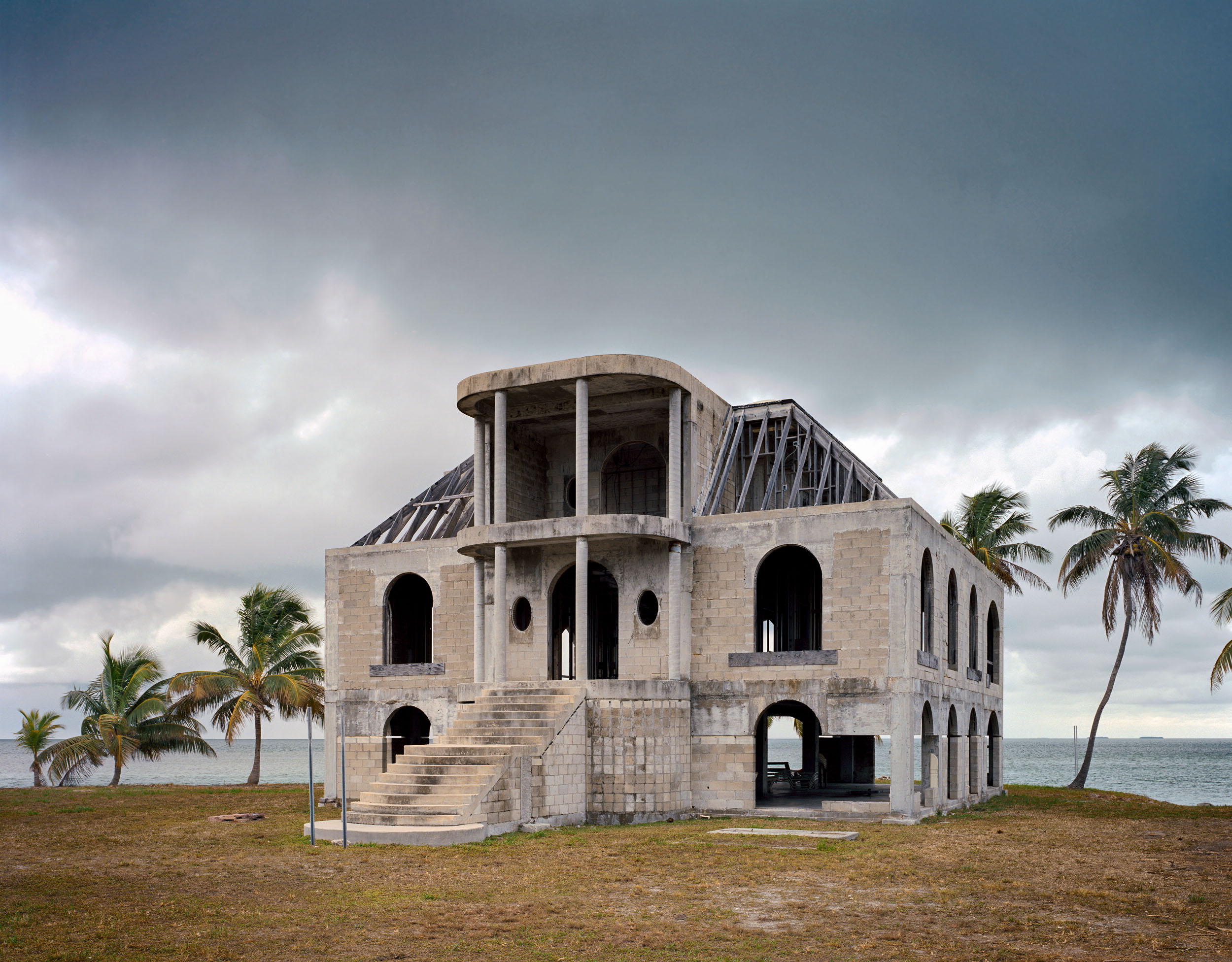

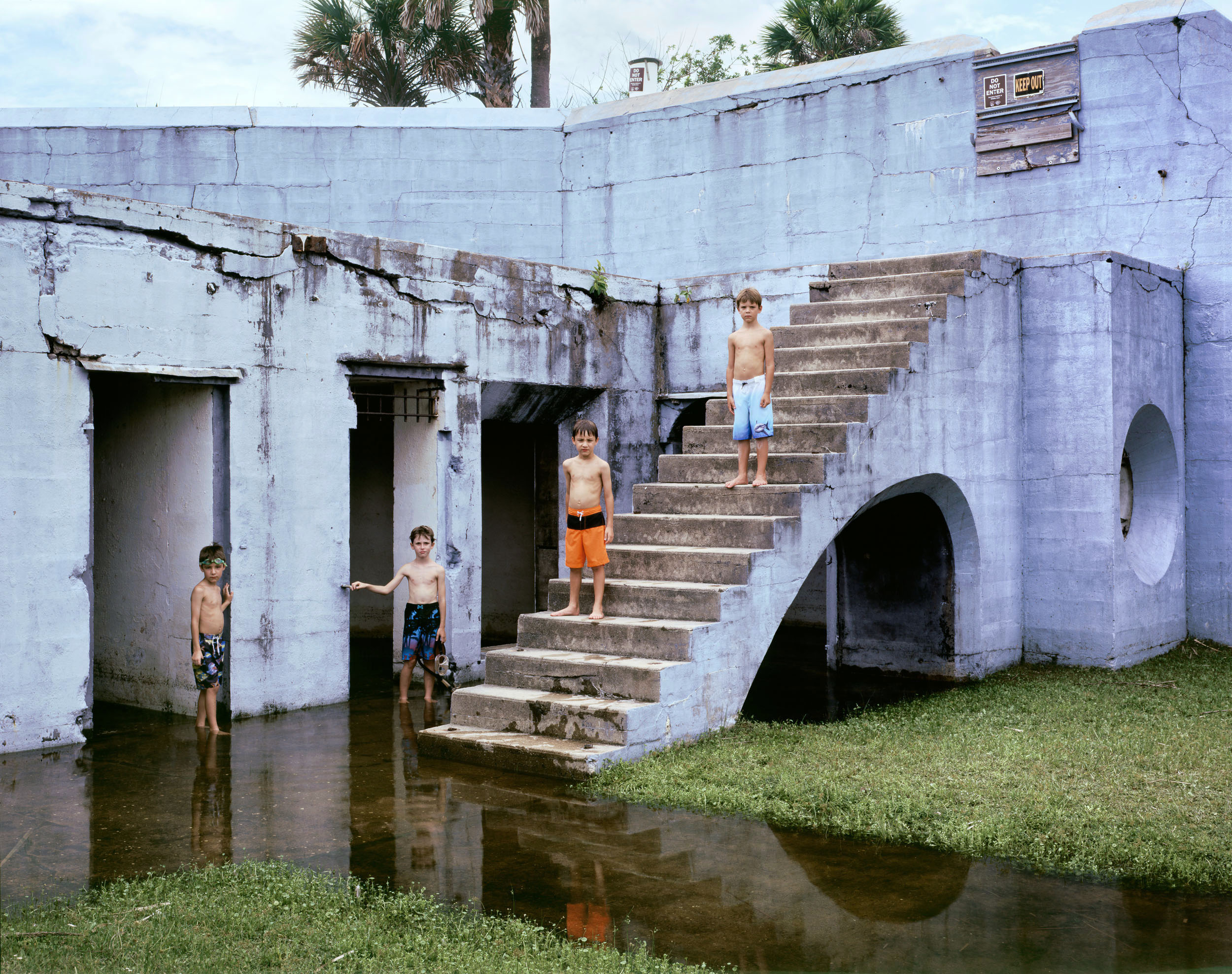
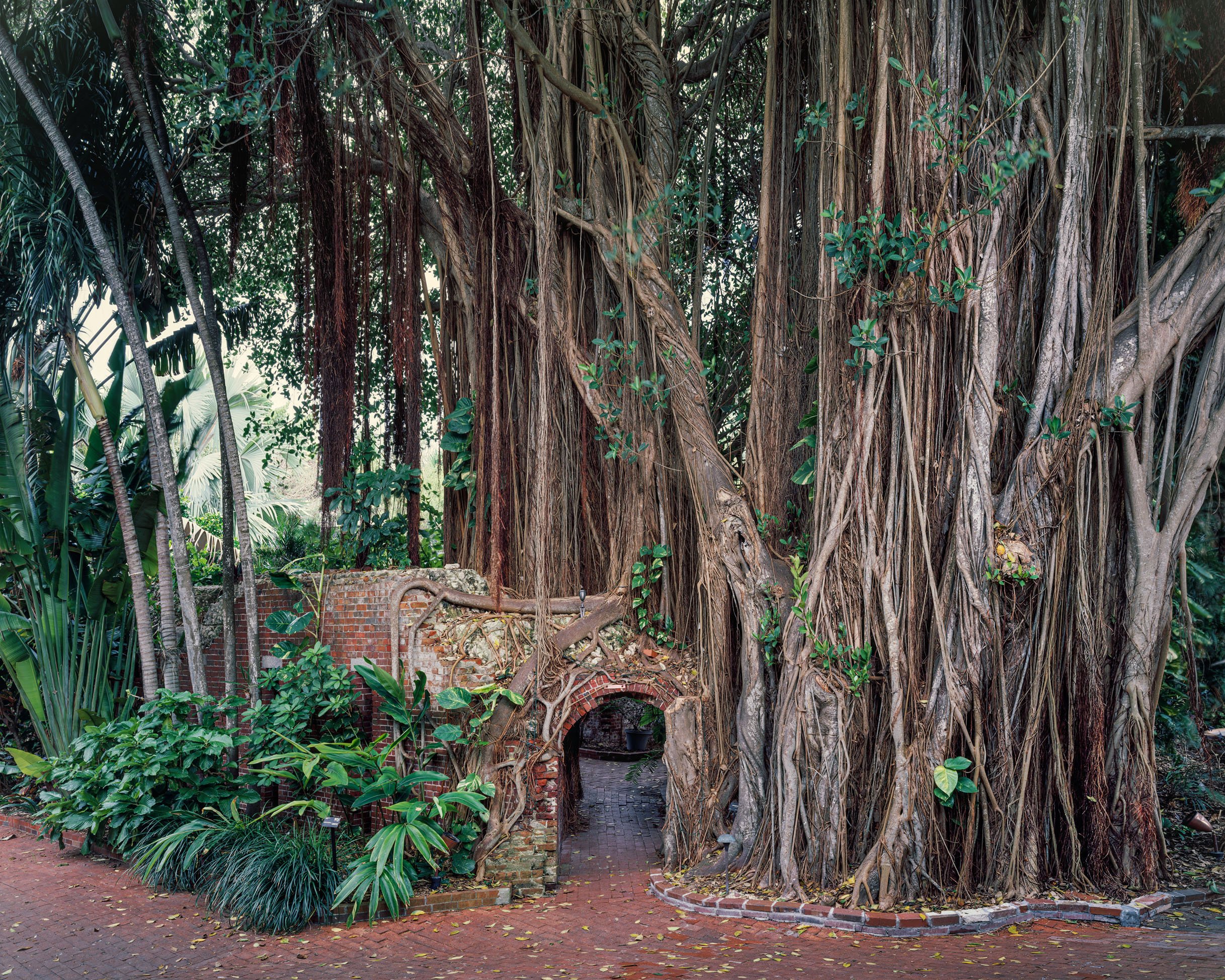
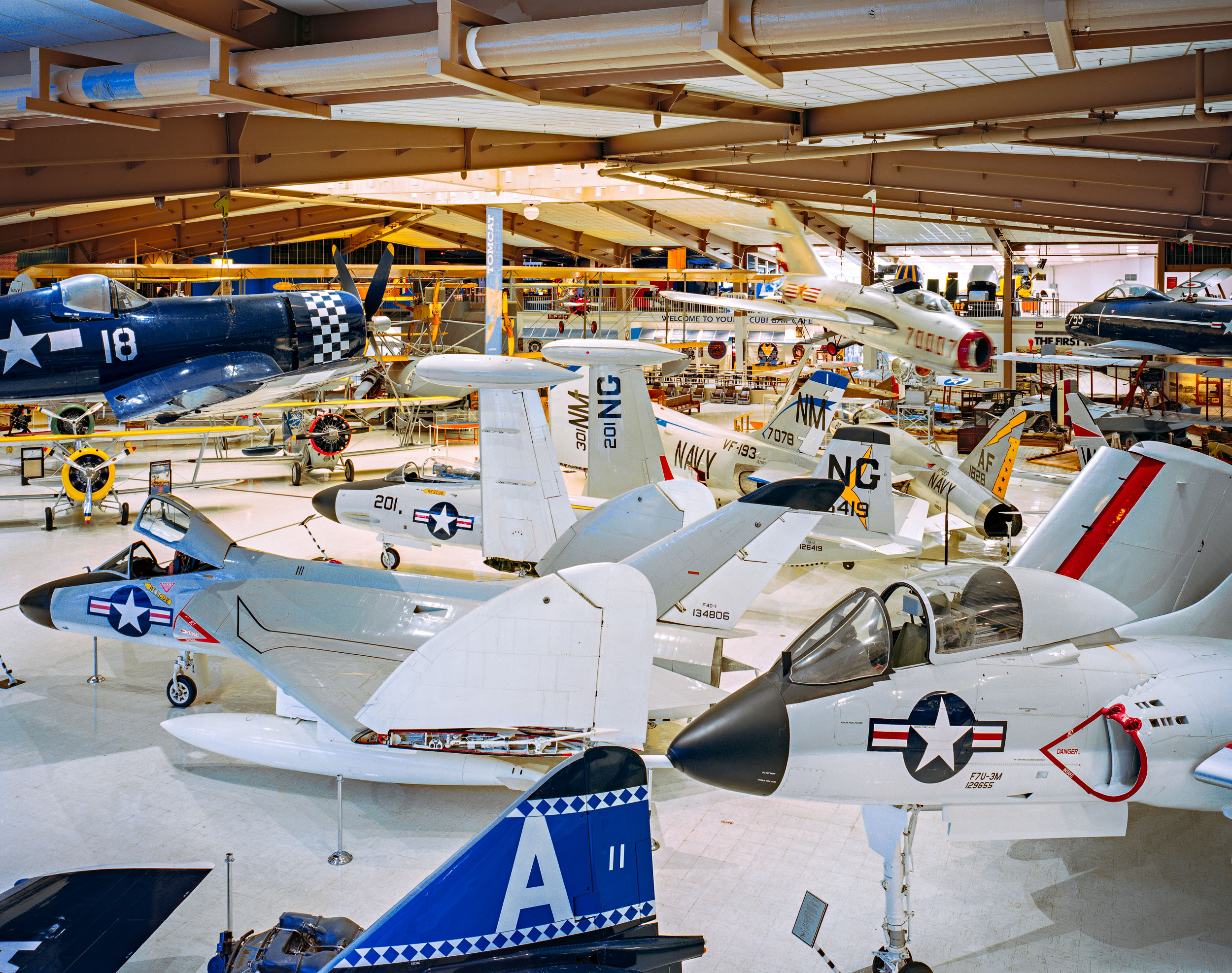
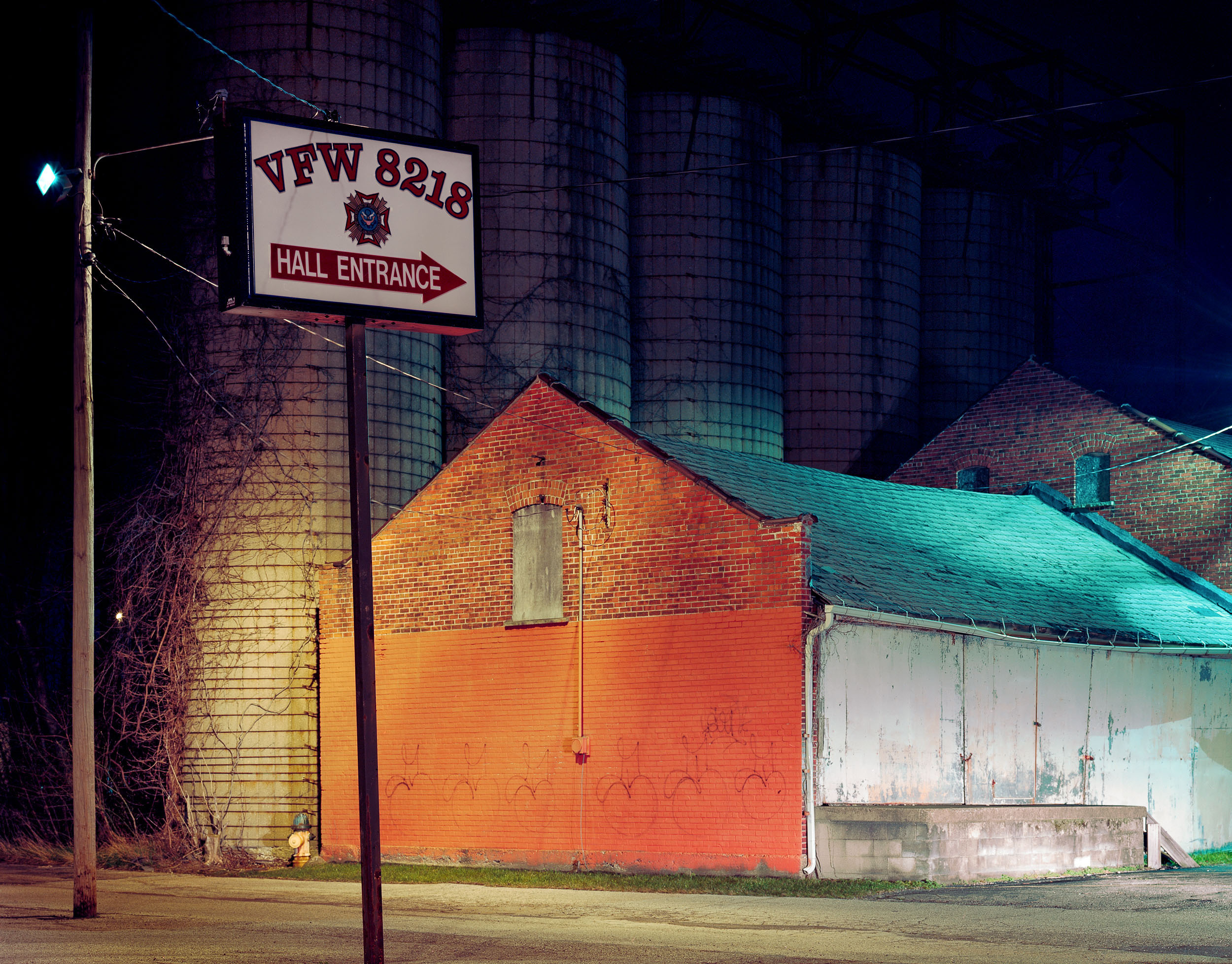
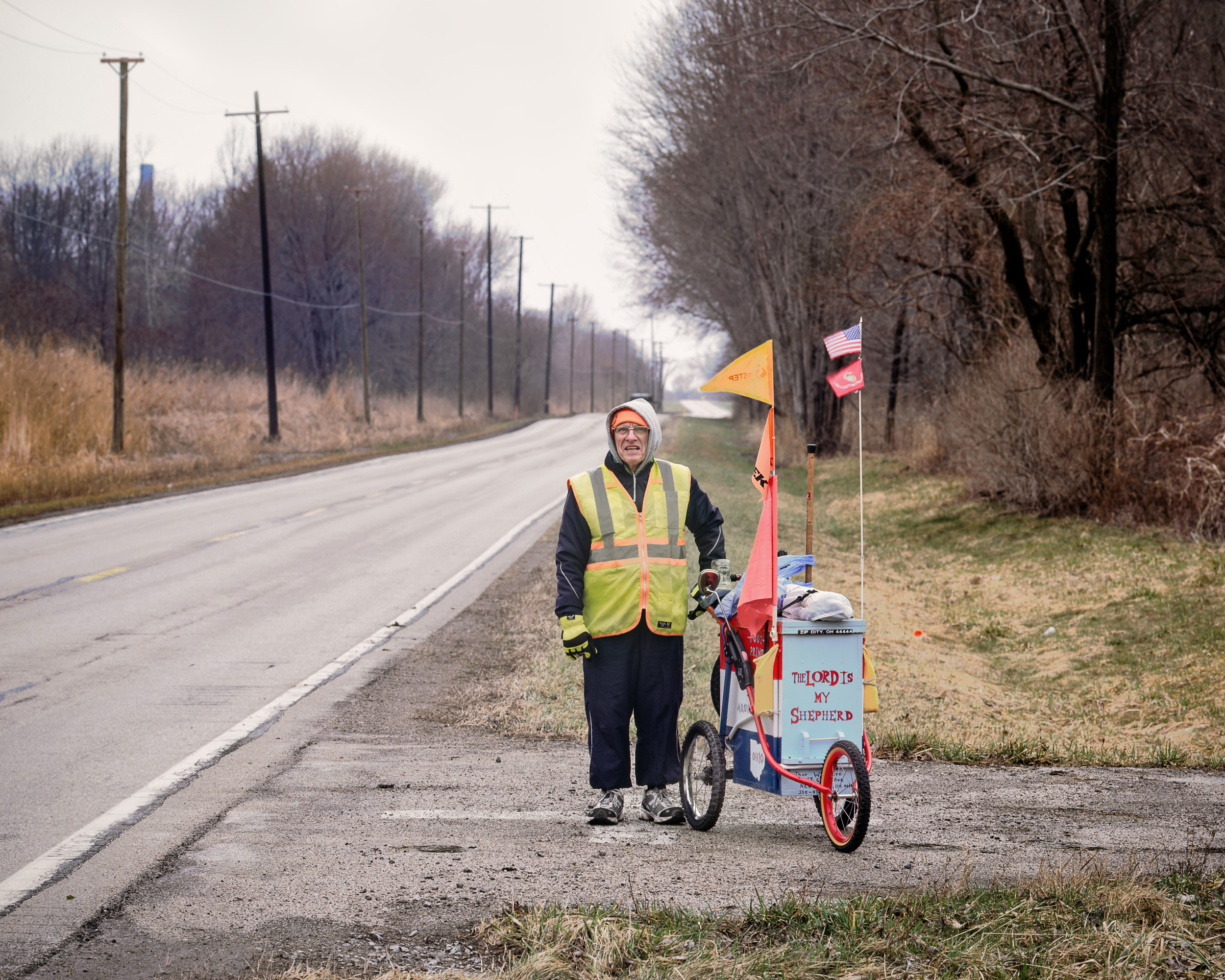
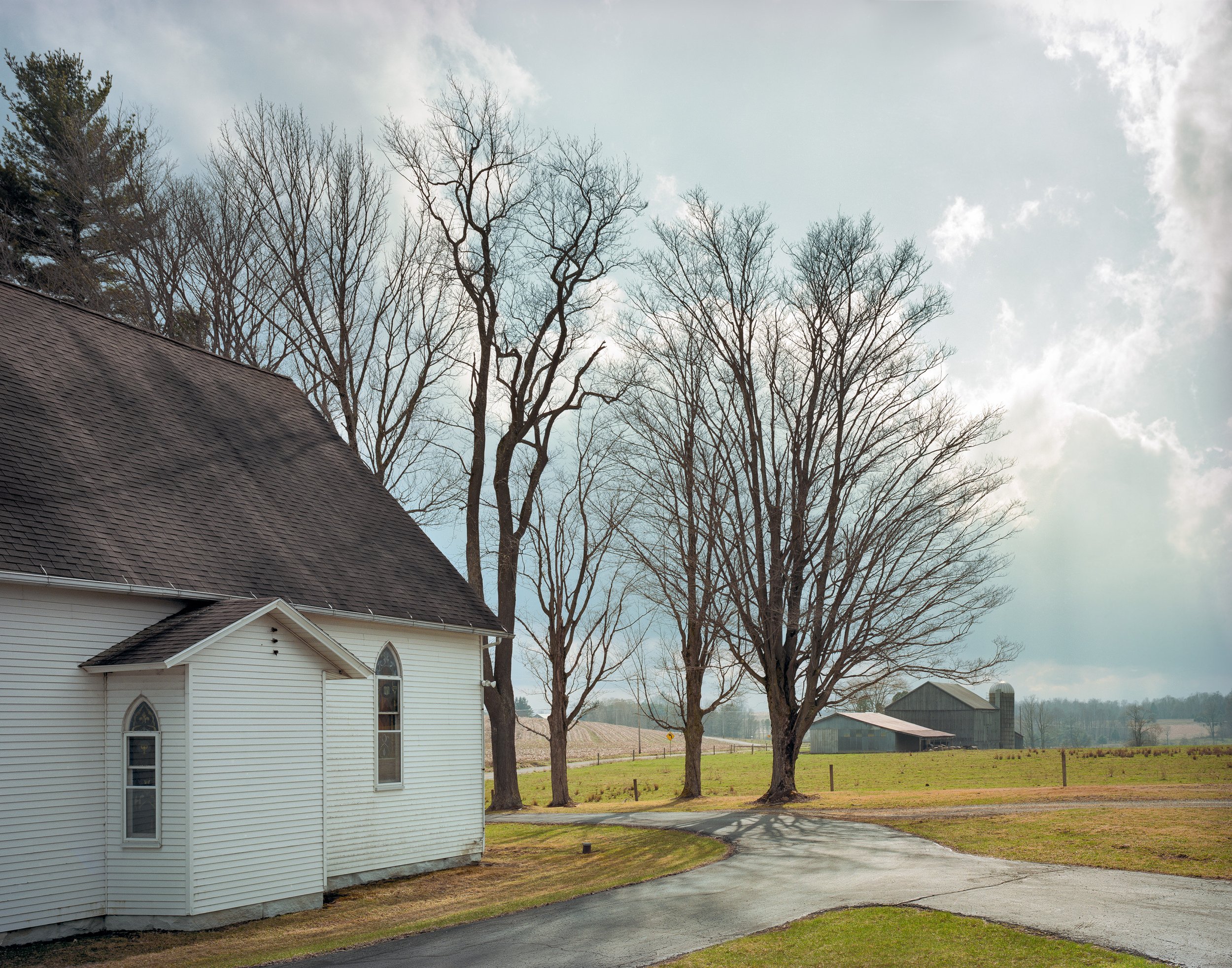
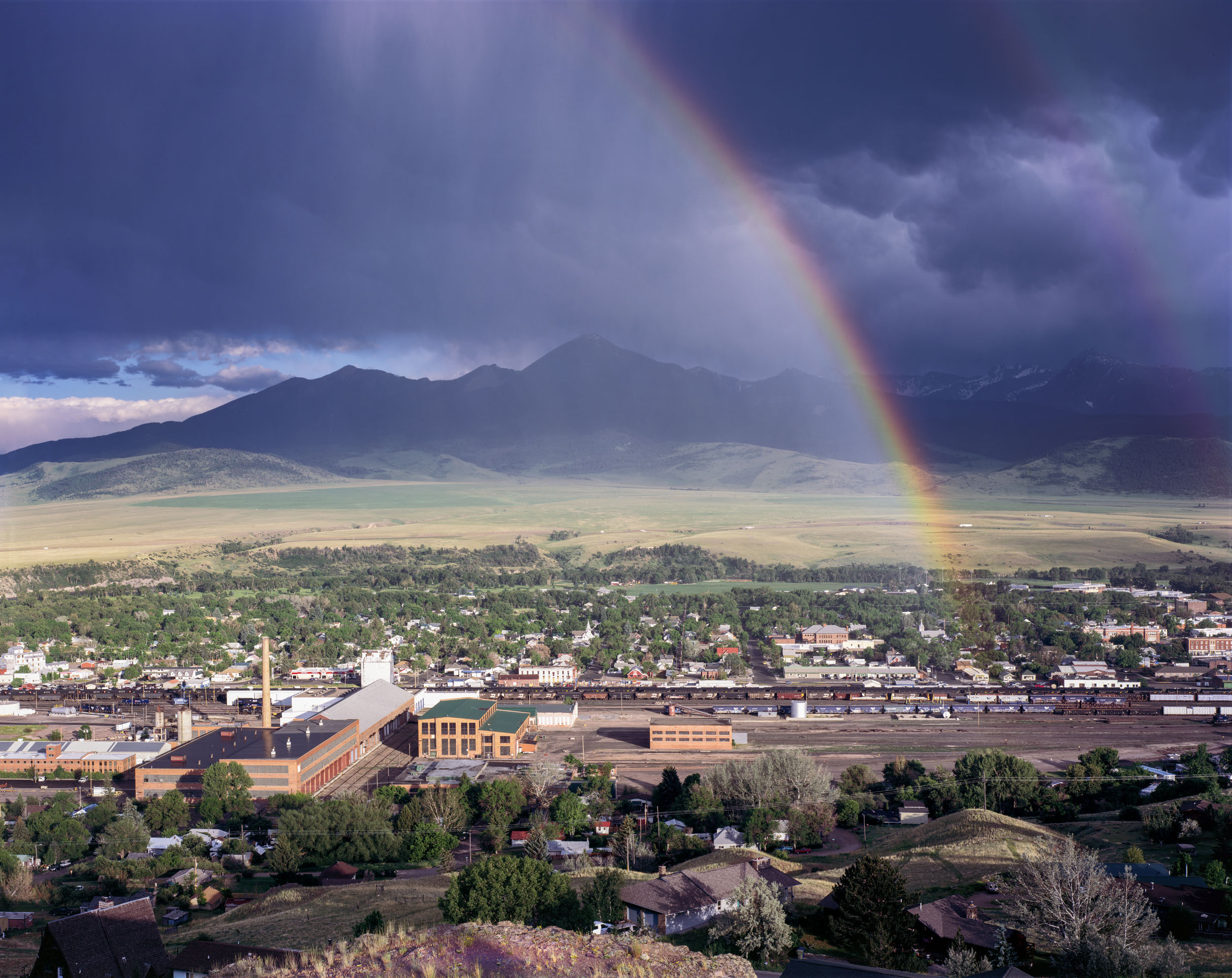


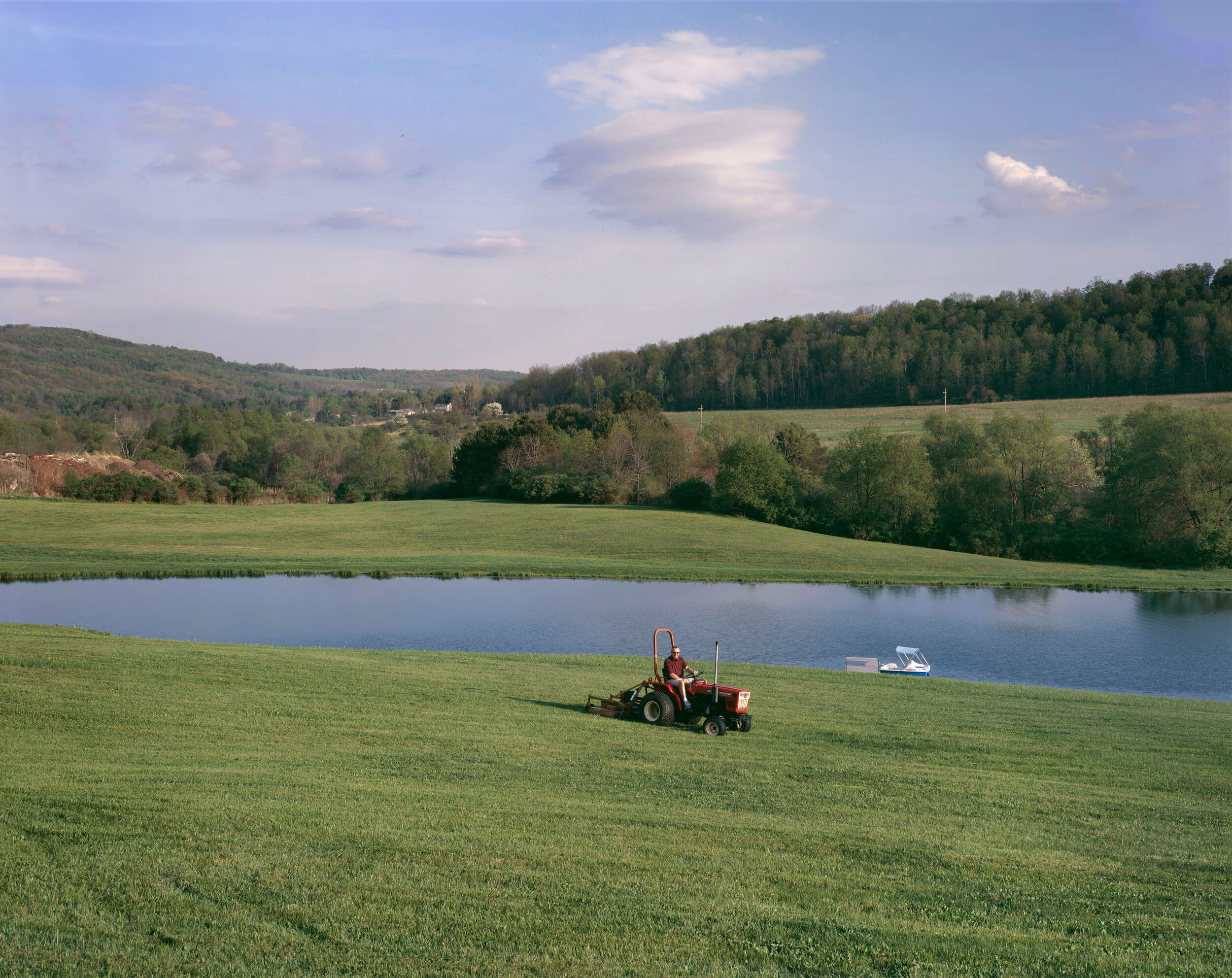

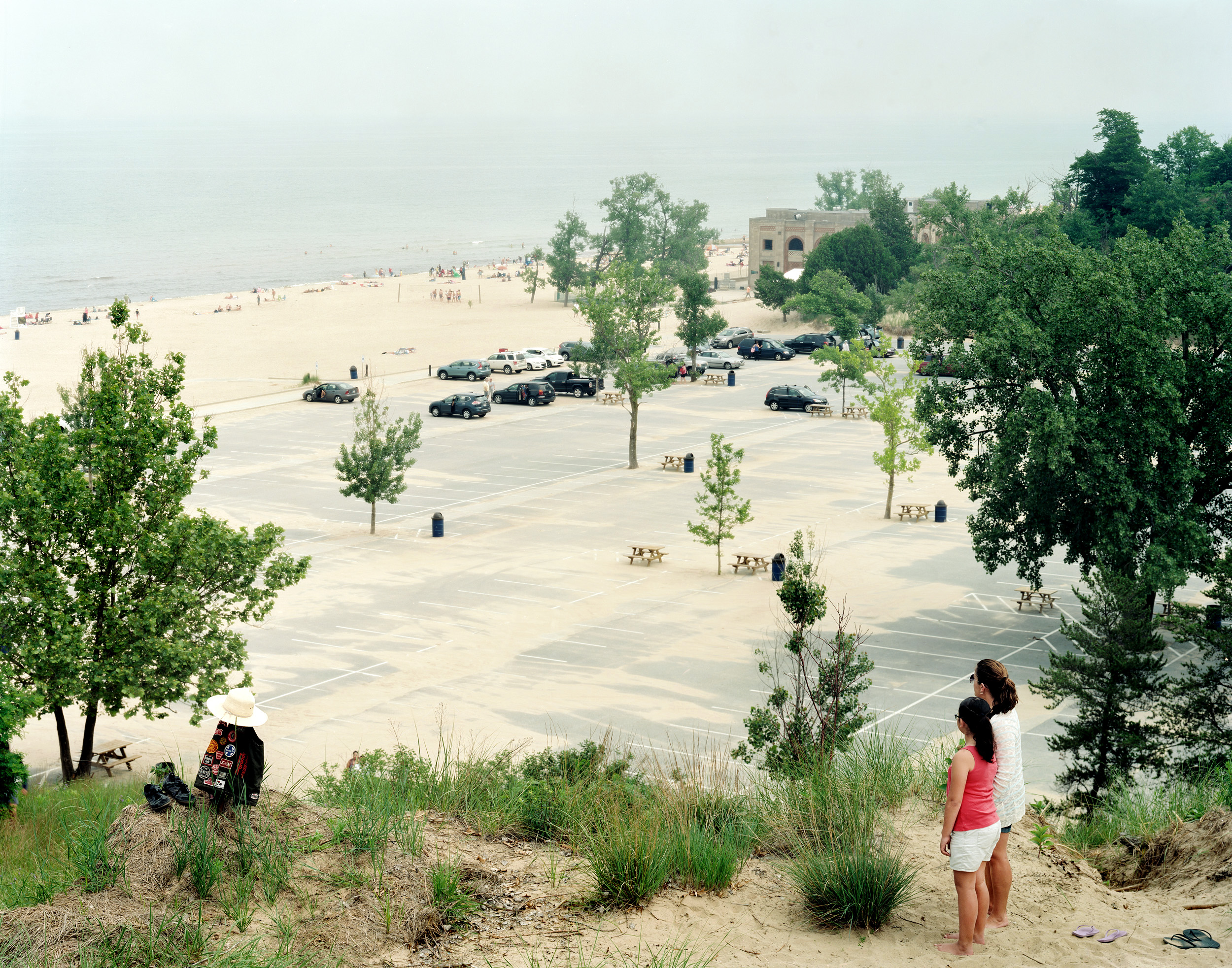
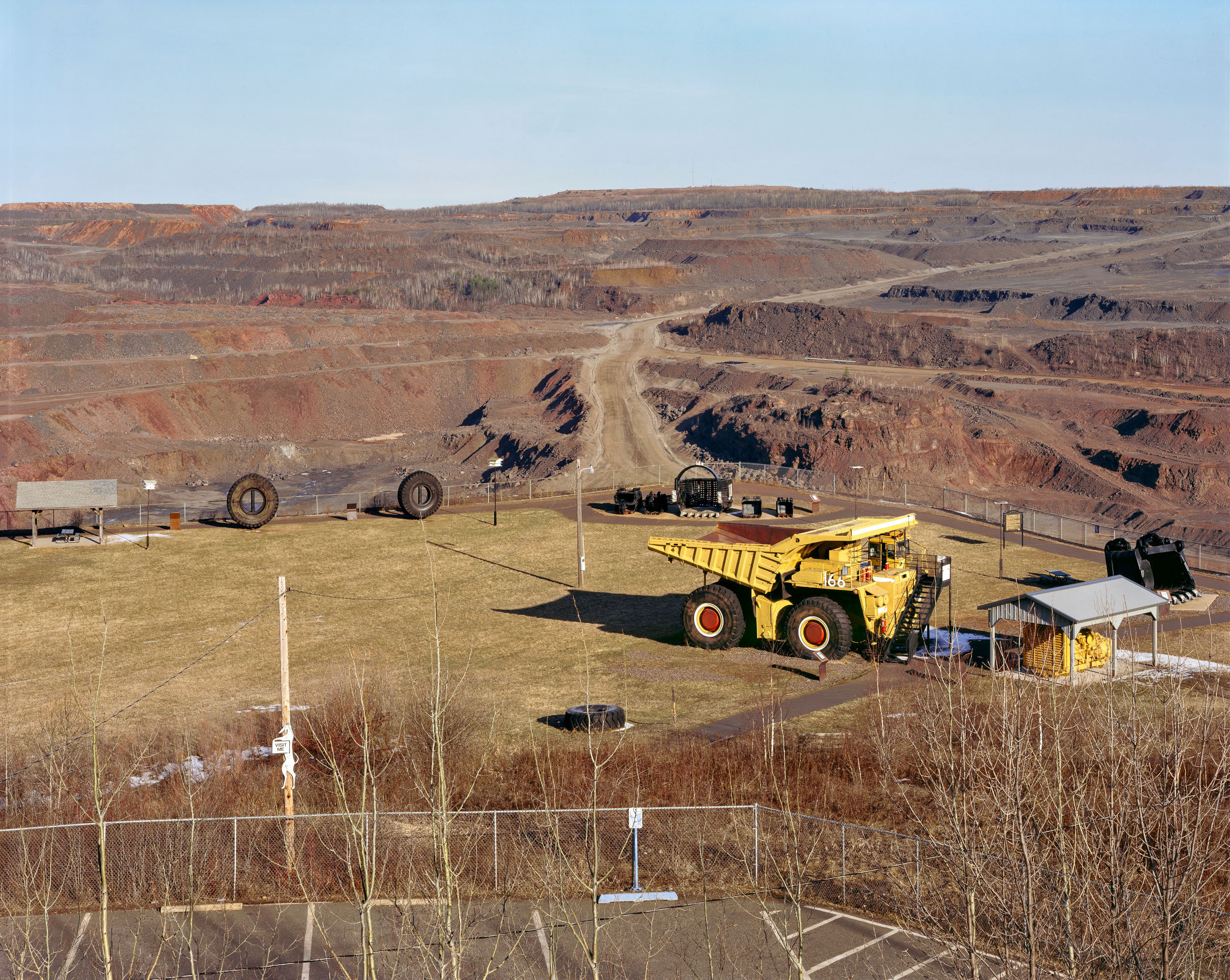
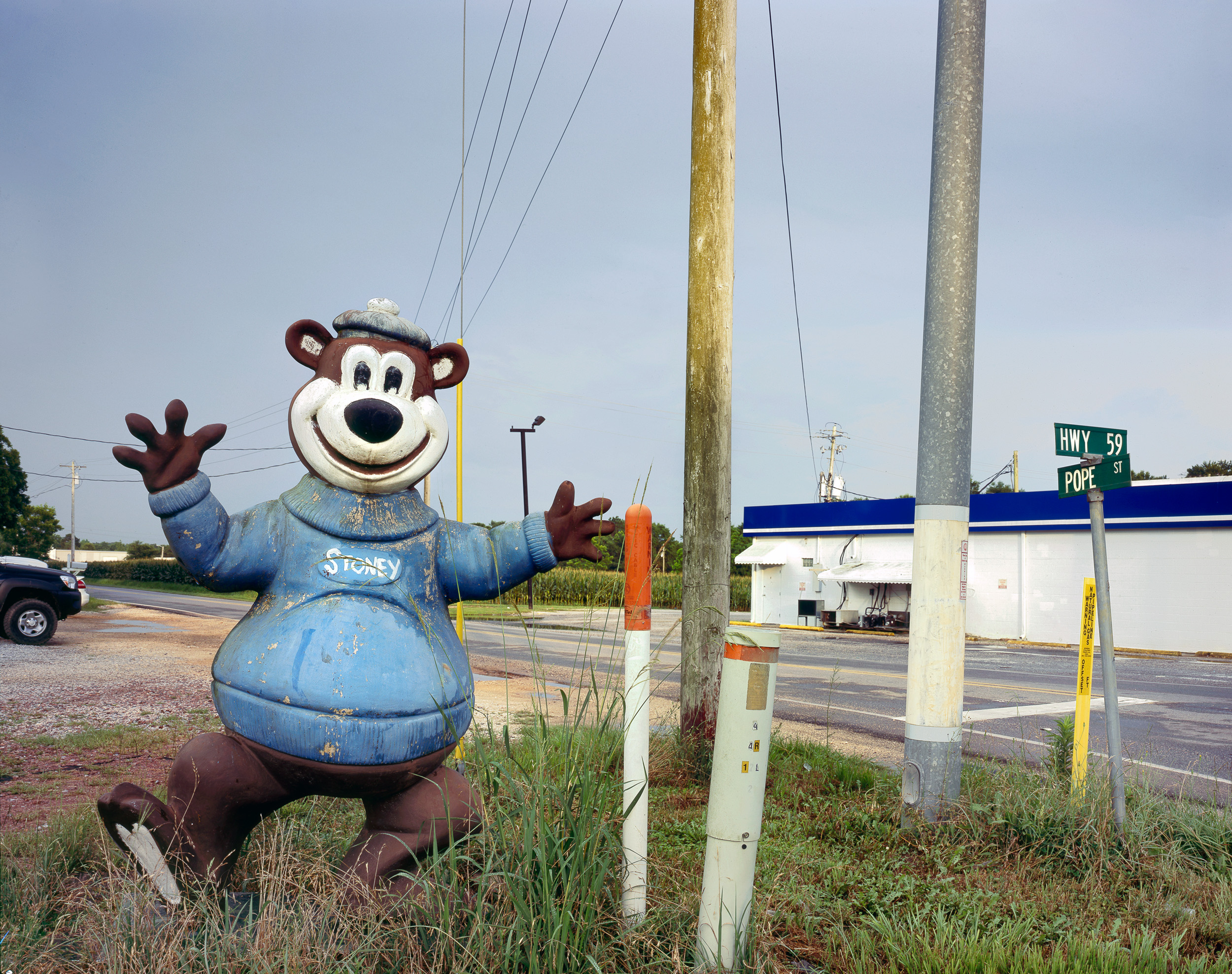
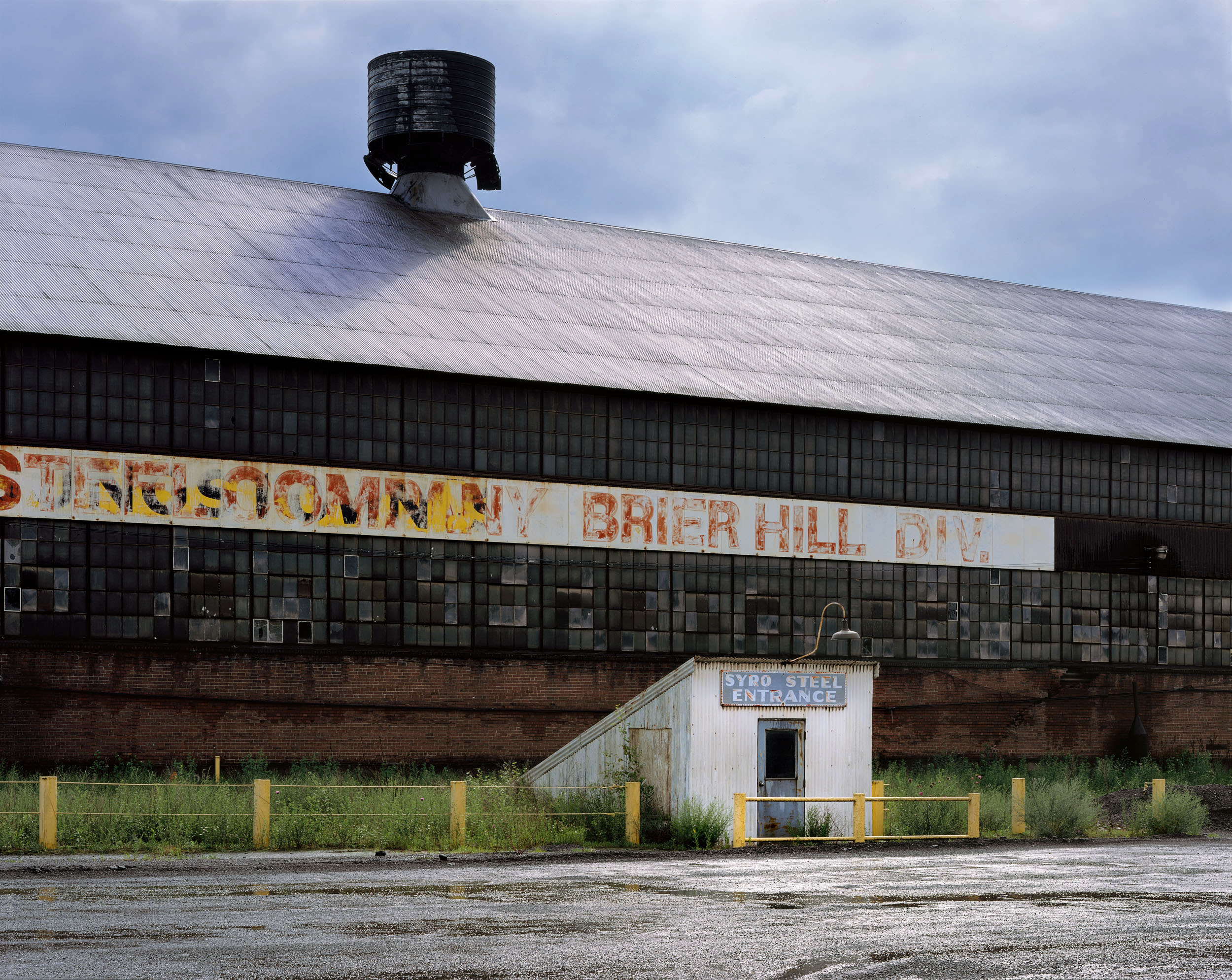
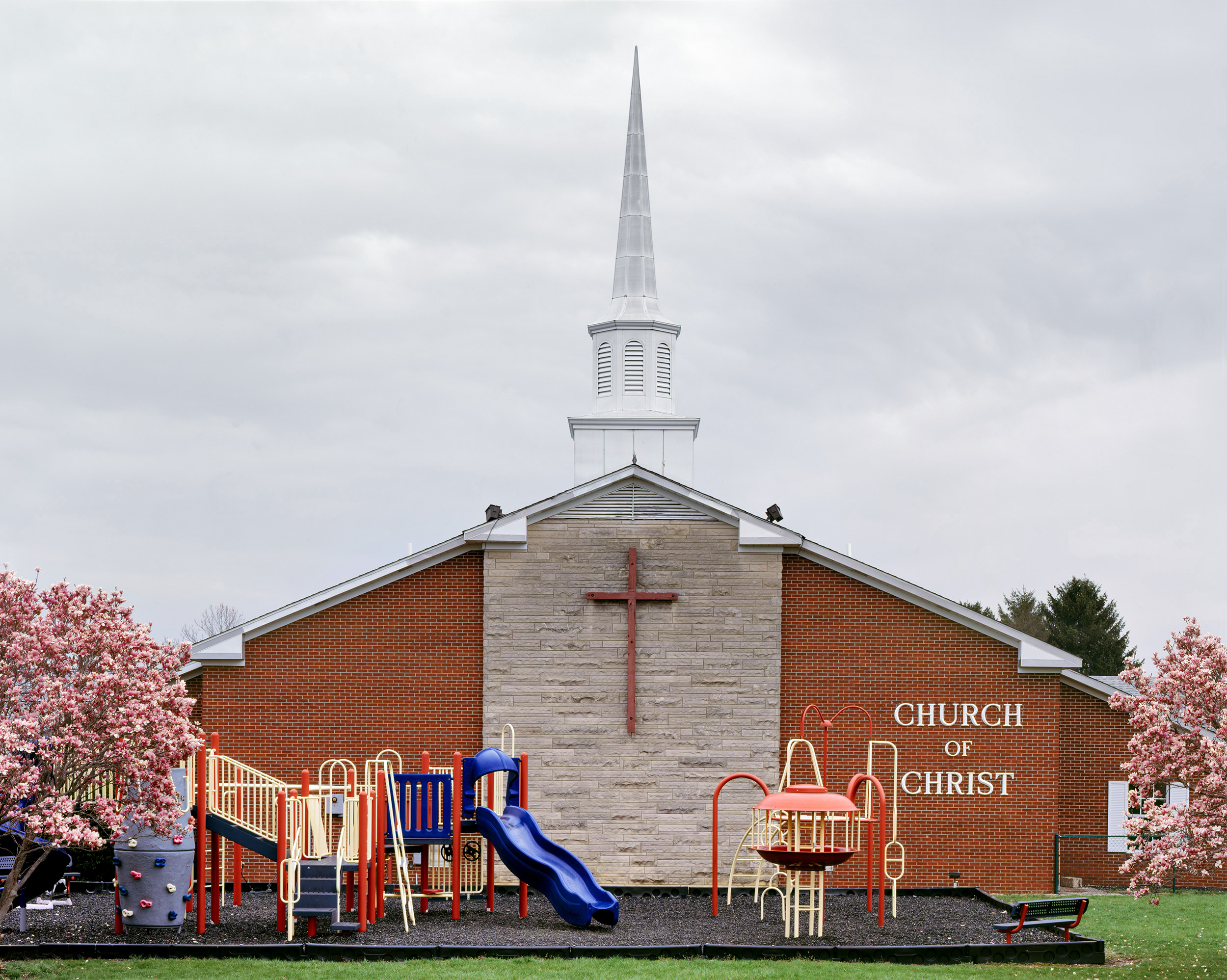

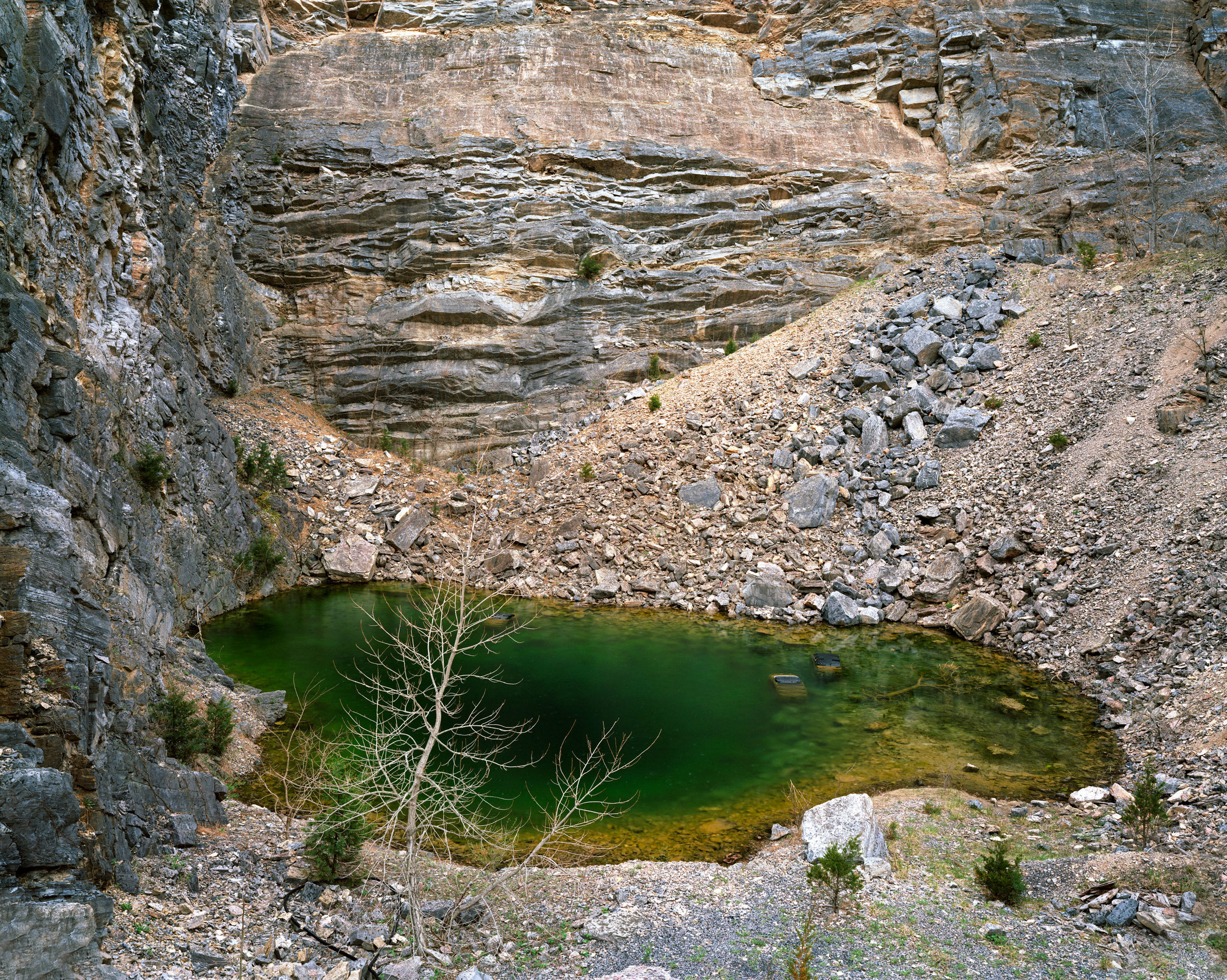

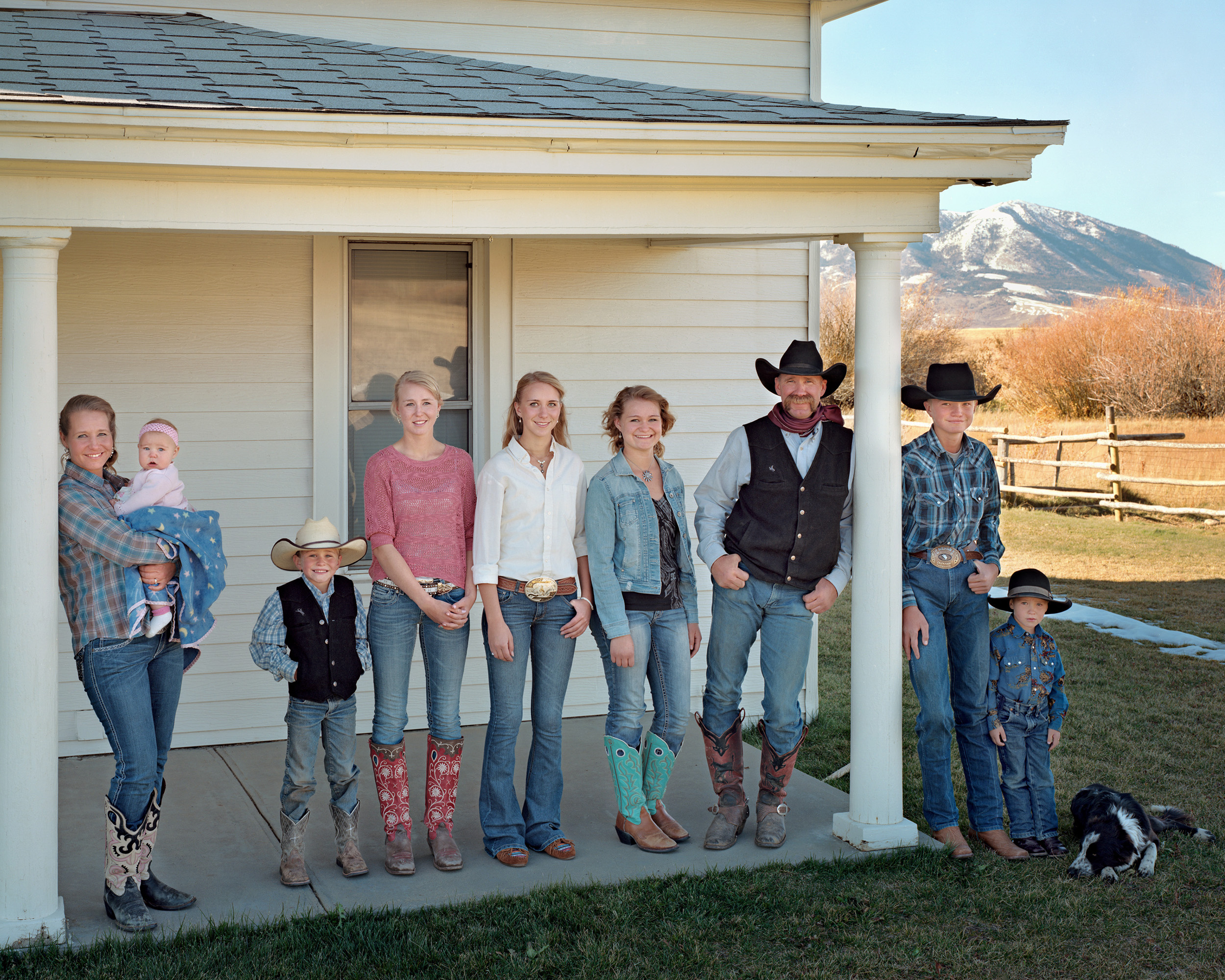






The image shows the intersection of Willet’s Point Boulevard and 37th Ave in the borough of Queens, New York City. The area is colloquially known as “The Iron Triangle” or “Willets Point”. The area was originally the city’s ash pit and referenced in The Great Gatsby during one of their sojourns driving into the city. Since the 1950s it has been a junkyard and auto repair mecca. There is no plumbing or city services to the area – you can imagine the smell. In the last few years it has been in the cross-hairs of city government and private interests as they are hellbent on franchising the neighborhood into shopping and residences. In fact, demolition has already begun and the structure (if you would call it that, many of these auto repair shops were housed in nothing more than an arched steel shed) I stood on create this picture is now gone and the rest of the neighborhood seems to be following suit. I spent many days wandering Willets Point, which is really only about a 2/3 of a mile in size photographing the colorful facades and people that worked there. The figures in the scene are not posed, I waited about two hours for the right combination of light and subject placement. Like many of my images, the area was scouted out well ahead of time. Willets Point has been in my memory since I was a child, as my father would take his truck there for parts. It was shot on my 8×10″ camera using a Fujinon 600mm C lens and Kodak Portra 400 film.


In this roadside view printed in reverse, the view from inside a cemetery peers outward at a church steeple surmounted by a gas station sign.

This scene shows the collapsed rail bridge across Kinzua Creek. It was listed on the National Register of Historic Places in 1977 and as a National Historic Civil Engineering Landmark in 1982. The ruins of the Kinzua Bridge are in Kinzua Bridge State Park off U.S. Route 6 near the borough of Mount Jewett, Pennsylvania.

Downtown, Columbus, Ohio

This is the Greyhound Bus Museum in Hibbing. It was taken on a road trip to photograph railroad landscapes and the Iron Ore mine in Minnesota. A silver and blue bus sits alongside a replica of a bus depot.


I met Dan at this overlook along the Susquehanna River in Pennsylvania. In the background are former fracking sites. Dan related several stories of how the fracking industry has impacted him. He comes up here to practice.

The Broadway-Fillmore neighborhood in Buffalo is most known as home to Buffalo Central Terminal. It was once a major Polish/Eastern European neighborhood before being a victim of white flight to the suburbs. In the foreground we see lawn chairs and a sign which reads 'keys'.


Among the ruins of a burned out roadside diner sits a memorial constructed from its remains.


Razed in 2015, Nepera Chemical is a superfund site and operated from 1942 until 2005. Nepera produced pyridine, used in agrochemicals and pharmaceuticals, as well as niacin, a food additive. The American Flag on the tank is symbolic of declining industry.

Jeff sits under a tree during Spring in West Virginia. Next to him is the General Merchandise store that has been in his family since 1900.


A Field of Tractors is seen in Greensboro, North Carolina.

The rolling hills of West Virginia are filled with houses and mobile homes in this elevated view. Residential landscapes such as these explore the way we inhabit our environment. The red shack provides a focal point for the image.

This scene in Western Pennsylvania shows a graveyard and a large tree in the center of the frame under a cloudy bright sky. With a road stretching into the scene and a small shack below the tree, this scene was influenced by Aaron Copland's Appalchian Spring.

Mercer Mall and Church are seen at sunset in Mercer County, West Virginia.

A view overlooking a special event at the North Carolina Museum of Transportation which included streamlined diesel locomotives.

A sign I found along the road in Alabama. A large arrow points into the frame, for what might have been a drive-in theater. Stormy clouds move overhead and a cinderblock base sits below the sign.

A large advertising screen and street lights illuminate the surrounding industrial neighborhood of Long Island City.

This cinderblock mansion in the Florida Keys is constructed to resist storms and flooding. Palm trees flank the house against a stormy grey sky.

Three Men and a Mural, Williamson, West Virginia

Four boys, two of which are twins, stand infront of Battery McIntosh, a former coastal artillery base of the Endicott period. It is now a national historic site. This portrait was taken on 8x10 inch Kodak E100G film.


This is the National Naval Aviation Museum at Naval Air Station Pensacola. Included here are propellor and jet powered aircraft spanning the 20th century.

This Veterans of Foreign Wars sign in Napoleon, Ohio is located adjacent to agricultural structures. This night scene is illuminated with ambient light from surrounding street lamps.

Arthur Dunn has walked hundreds of miles across the midwestern United States with his cart which reads "The Lord is my Shepherd." He was walking around Lake Erie when I met him here in 2015.

A churchyard and barn are seen in the Allegheny Highlands of Western Pennsylvania.

With a population of 7,000, Livingston Montana is situated north of Yellowstone Park. It was historically a railroad city until the 1980s. Directly below is the historic former Northern Pacific Railroad rail yard and engine shops.

Duluth is a central desination for offloading Iron-Ore from the Missabe Iron Range onto ships destined for steel mills farther south in Illinois and Ohio. Three bikers are seen infront of the vast industrial and transportation landscape.

This opening in the forest and subsequent pathway up the hillside is a clearing made for a pipeline. The midground shows rural buildings and a trailer under overcast skies.


Located on the banks of Lake Michigan, the motel is illuminated with the setting sun along U.S. Highway 2. A streetlight strung across the roadway is set against dappled clouds.

A tree stump gestures skyward against a cloudy overcast firmament.

Mother and daughter look toward Lake Michigan along the Indiana Dunes National Seashore

This view shows the Hull–Rust–Mahoning Open Pit Iron Mine in Hibbing. With a 1.5-by-3.5-mile footprint and depths up to 600 feet, it is one the largest in the world. In the foreground is a mining museum. Like many scenes, I sought out an elevated 'worldview' viewpoint to explore the surrounding topography with detail.

A former A&W Root Beer Mascot stands along Pope Street in Alabama.

A fresh spring rain makes the old steel mill in Youngstown, Ohio, glisten in the light as the storm clears. Youngstown was once played a role in America's steel production, but today is plagued with unemployment. It is central to what is called the rust belt.

An empty, colorful playground fronts a Church of Christ centered in the frame. Flanking the scene are cherry blossoms in bloom.

Along a road are two lightposts reflected in rain puddles on the ground

A green pool sits at the bottom of a limestone quarry in West Virginia.

This view from Albany County, Wyoming, shows the Big Hollow, the second largest wind-eroded depression in the world. It is 11 miles long by 4 miles wide.

A family of cattle ranchers who live in the shadow of Elk Mountain, a landmark along the Old Overland Trail, in Carbon County, Wyoming.
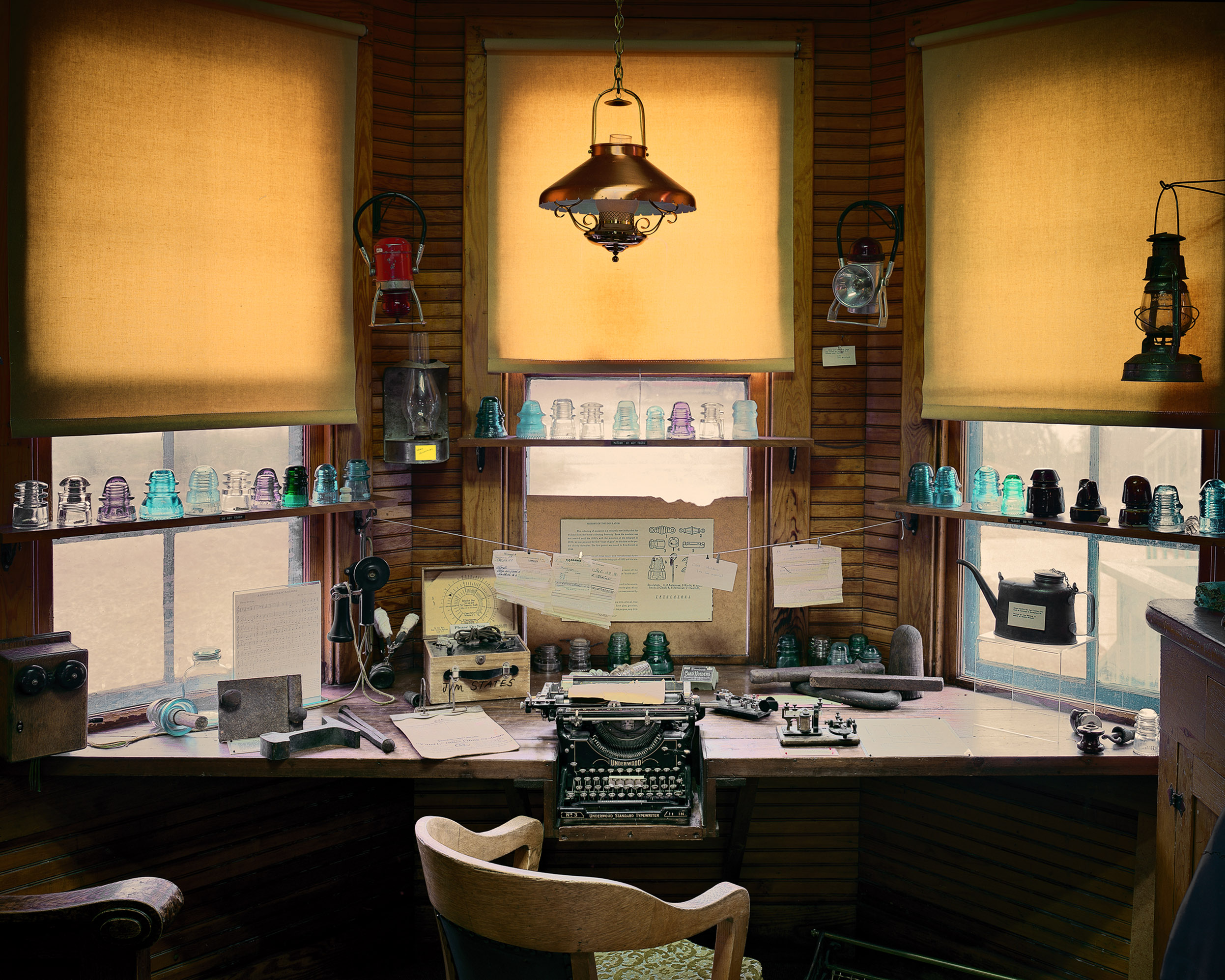
Railroad station master's desk includes colorful insulators, a telegraph machine and a typewriter.

En elevated view of Willets Point, otherwise known as the Iron Triangle neighborhood in Queens, New York City. An auto repair center for over forty years, much of the area is now demolished to make way for new construction.


Donny is seen here of Clarksdale TV, a TV repair shop that has been in operation since 1938. The business has been in his family since that time.

Gary King of Wolfe County, Kentucky. Gary runs several businesses including wrecking, concrete and drilling.






















































